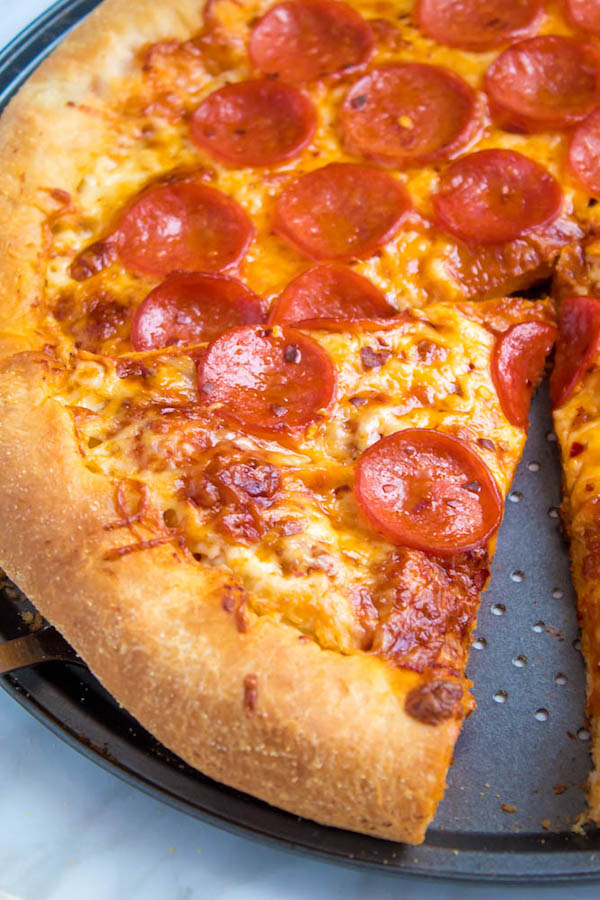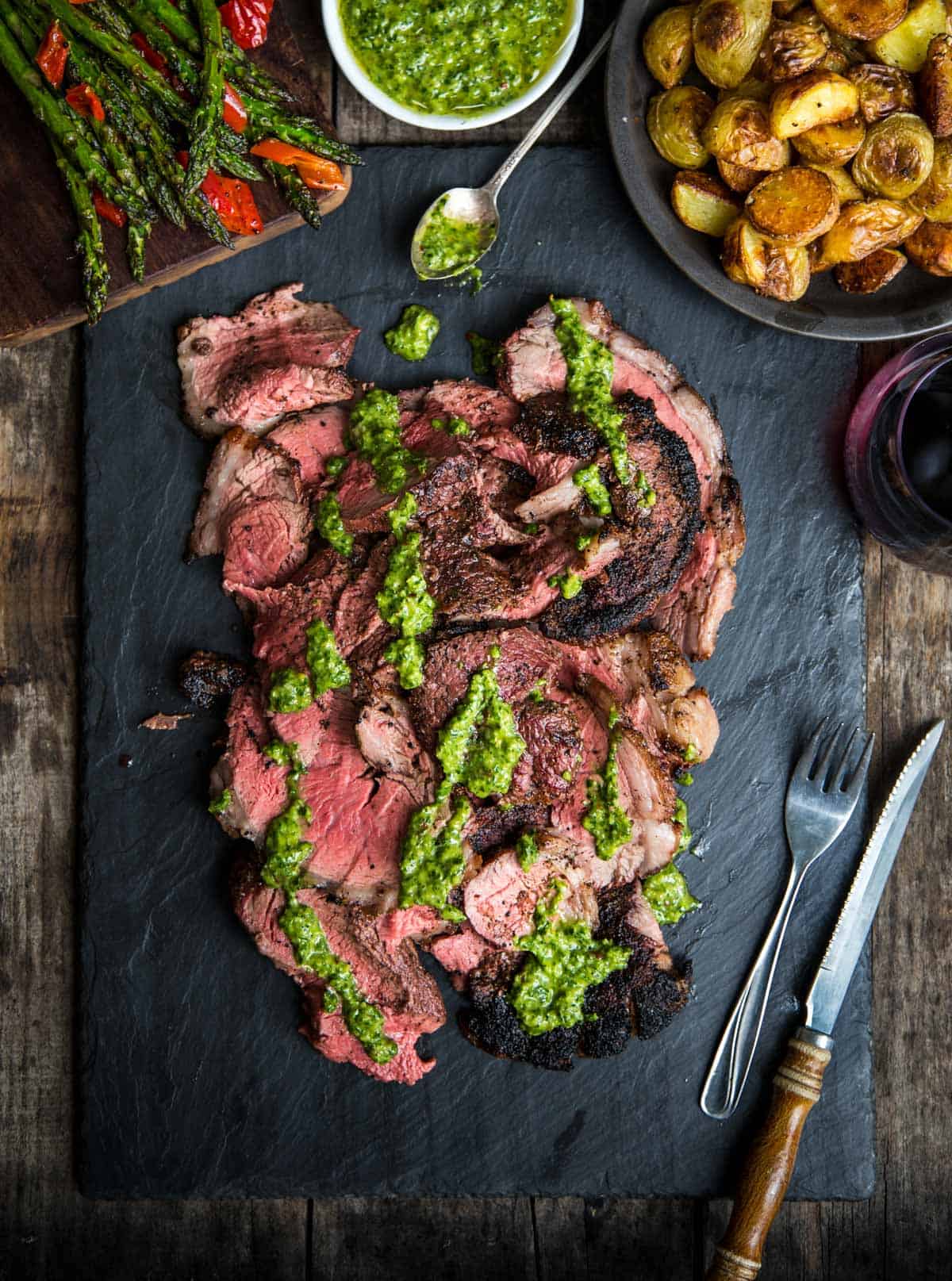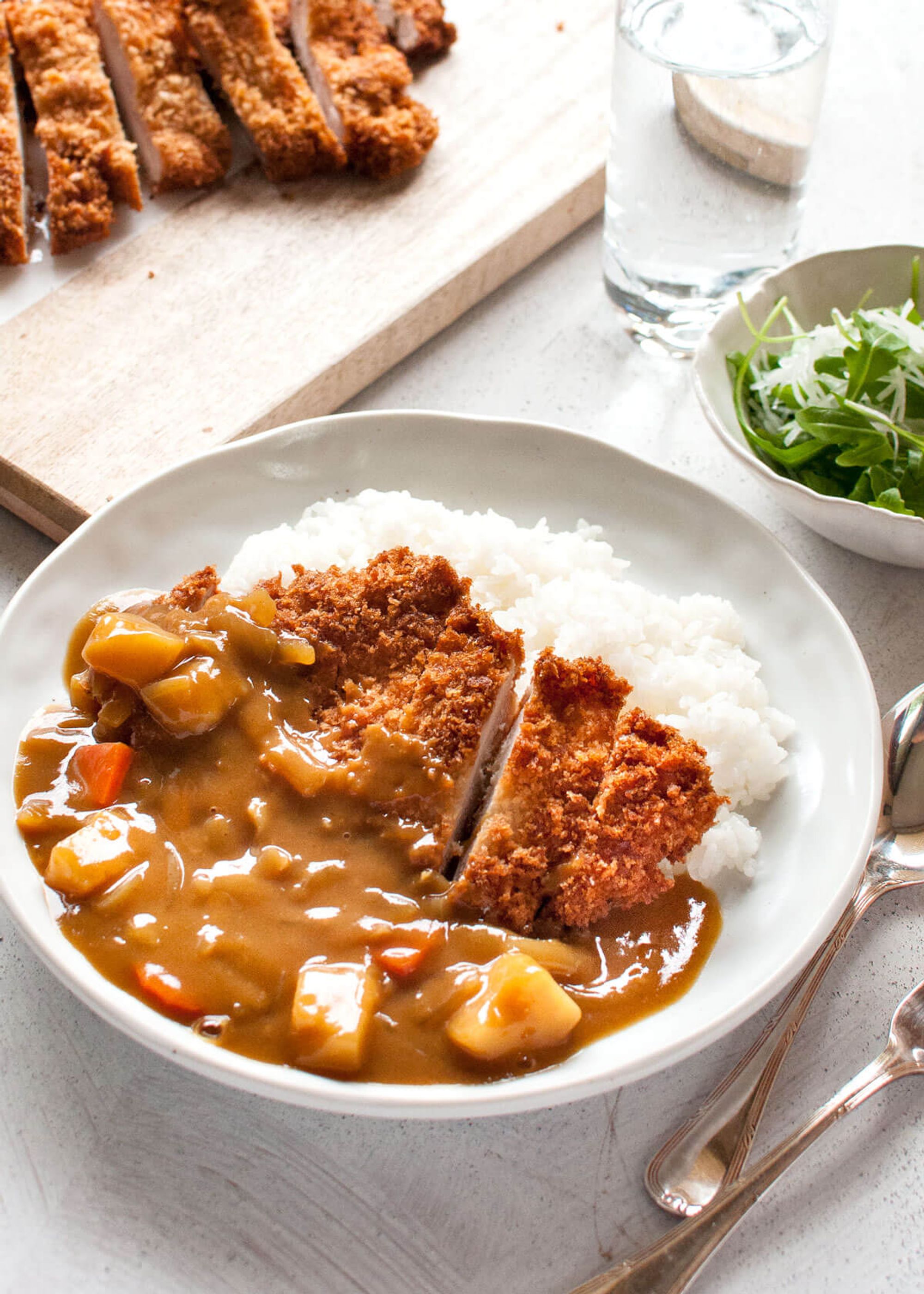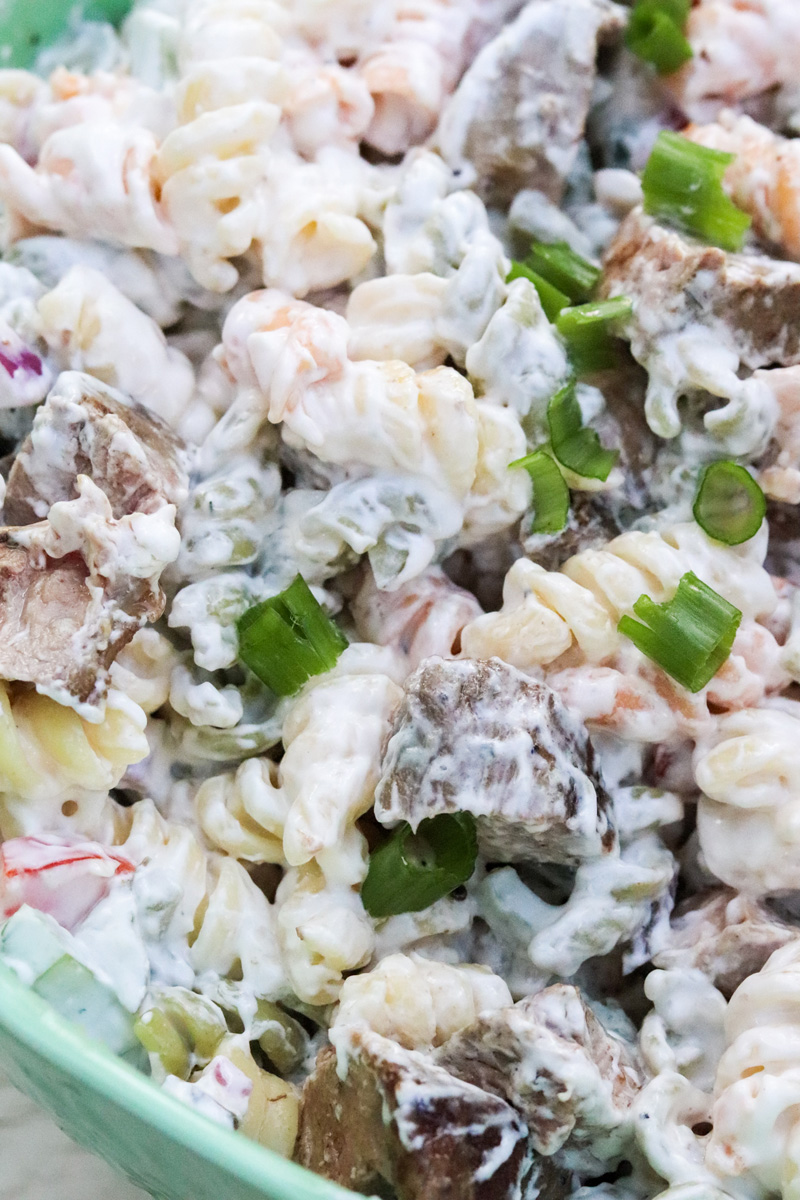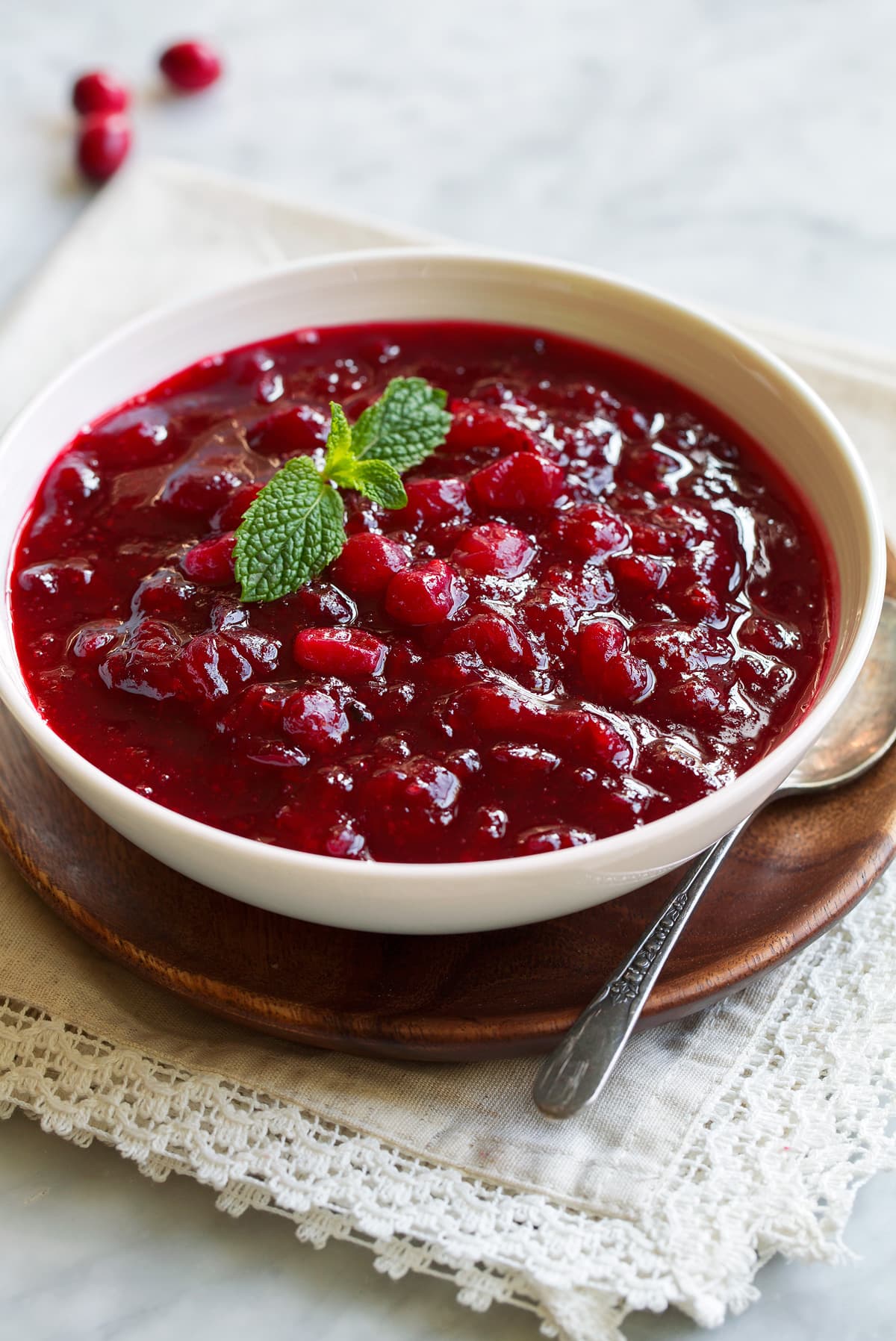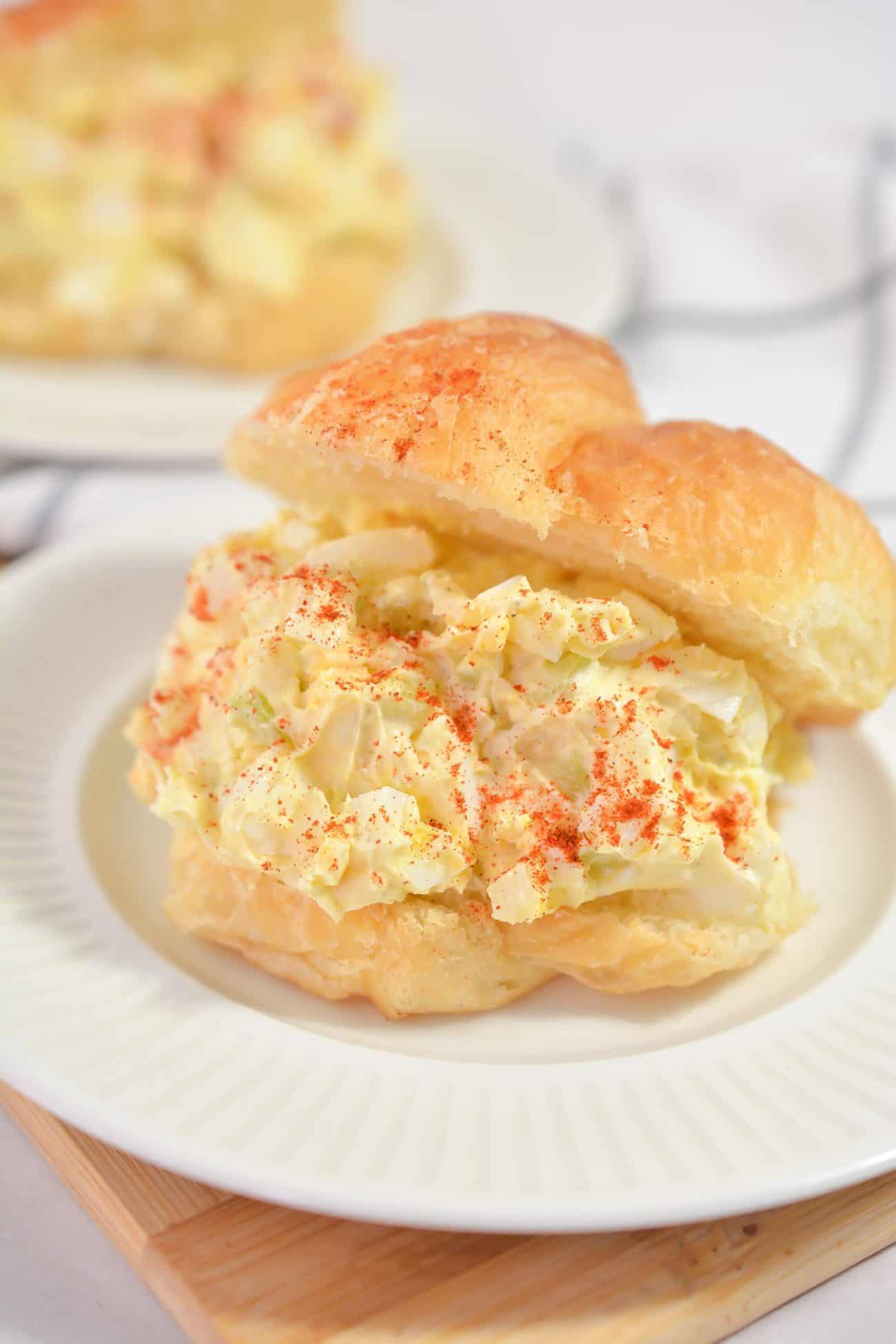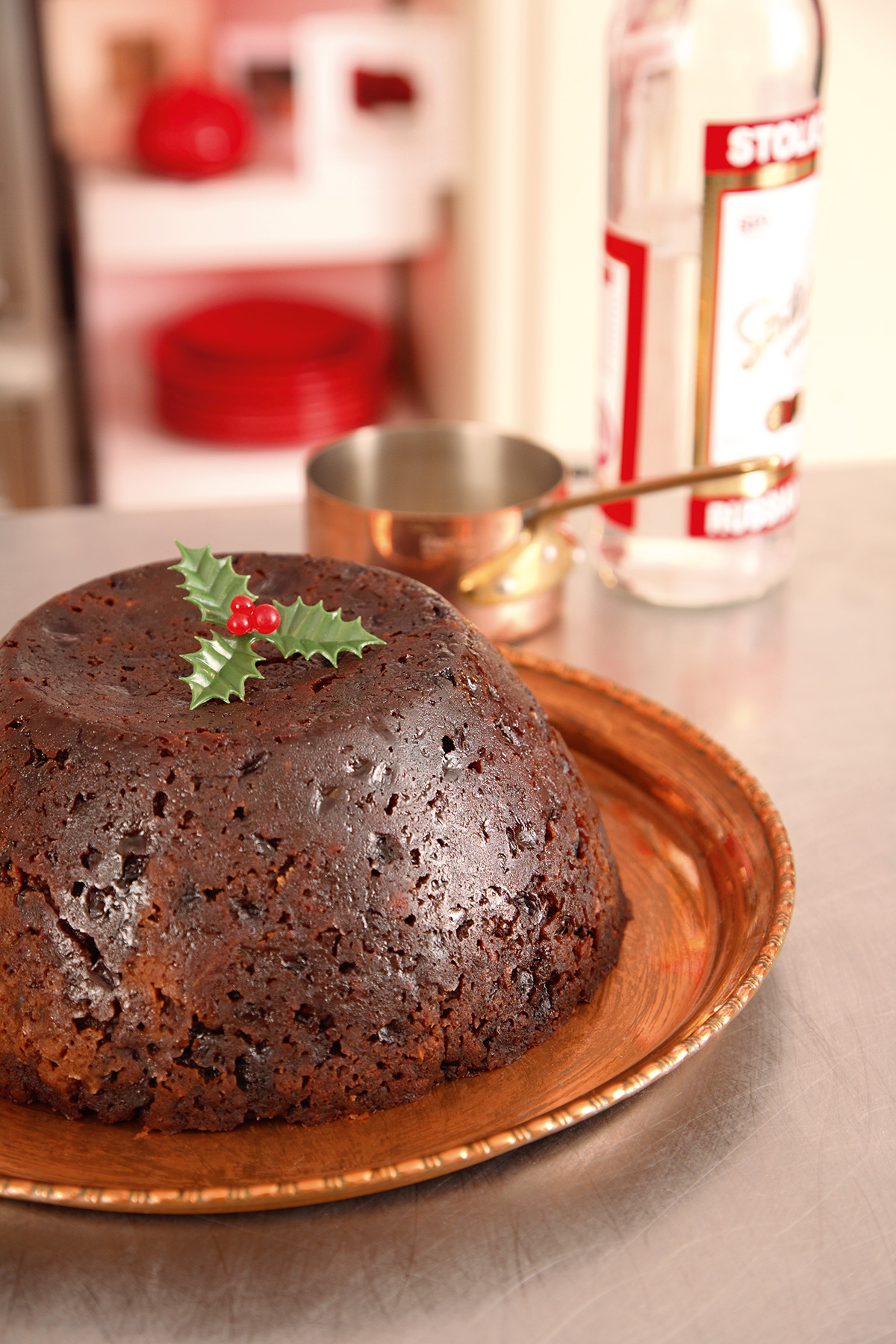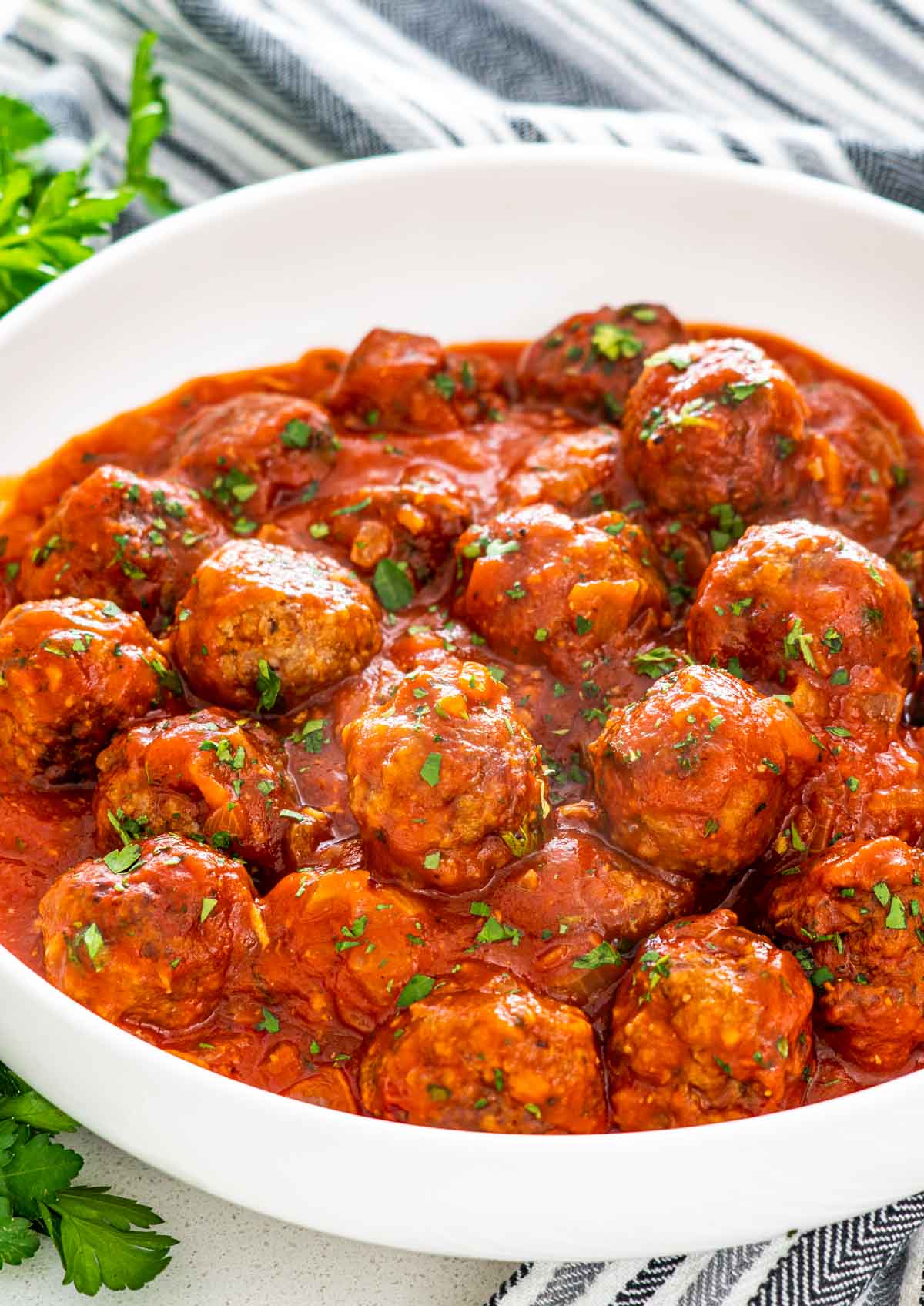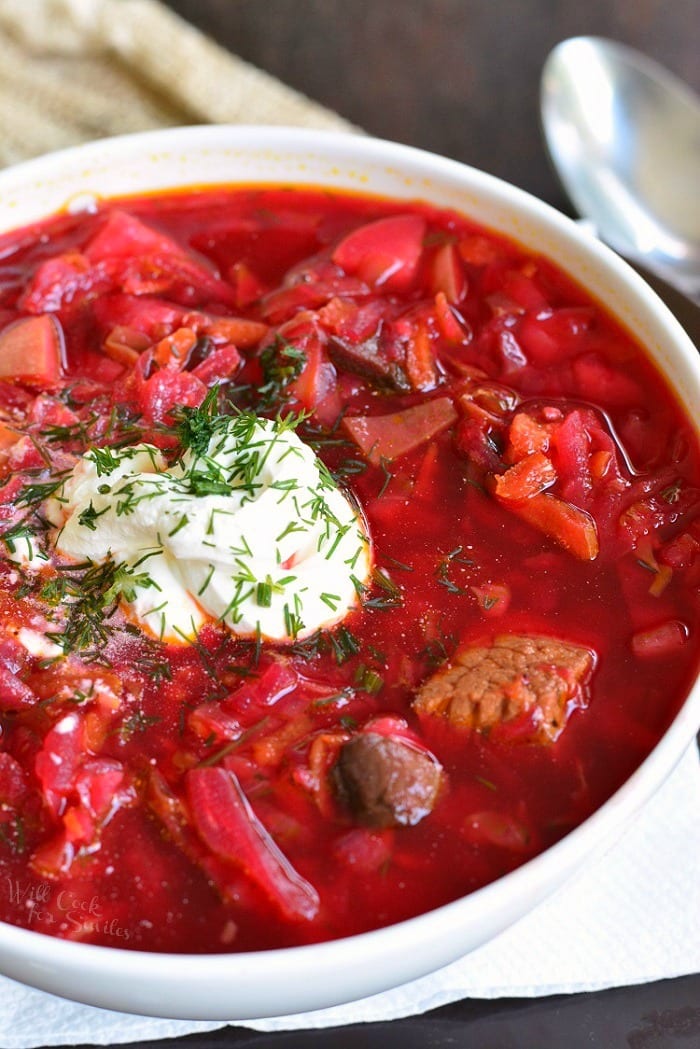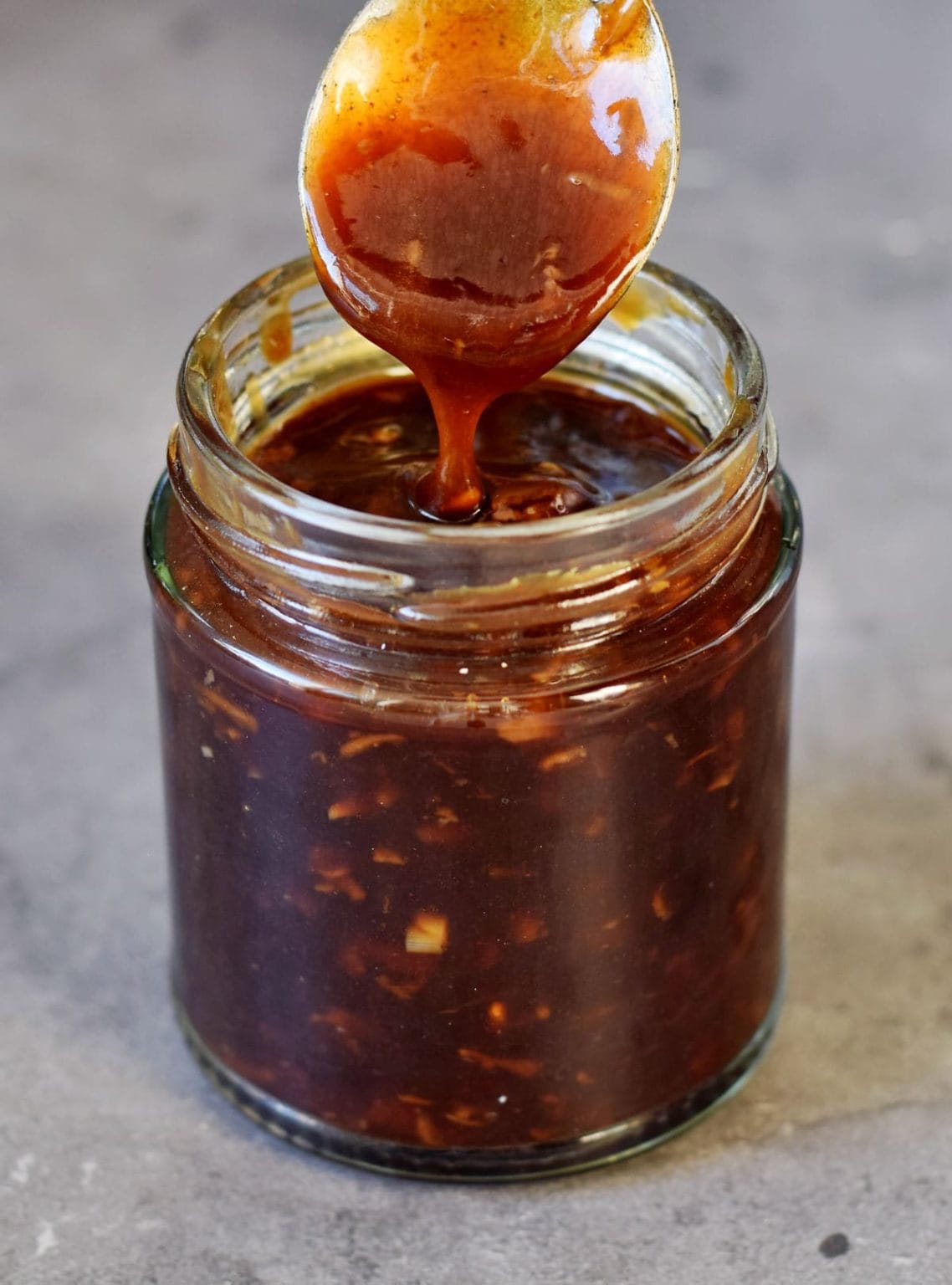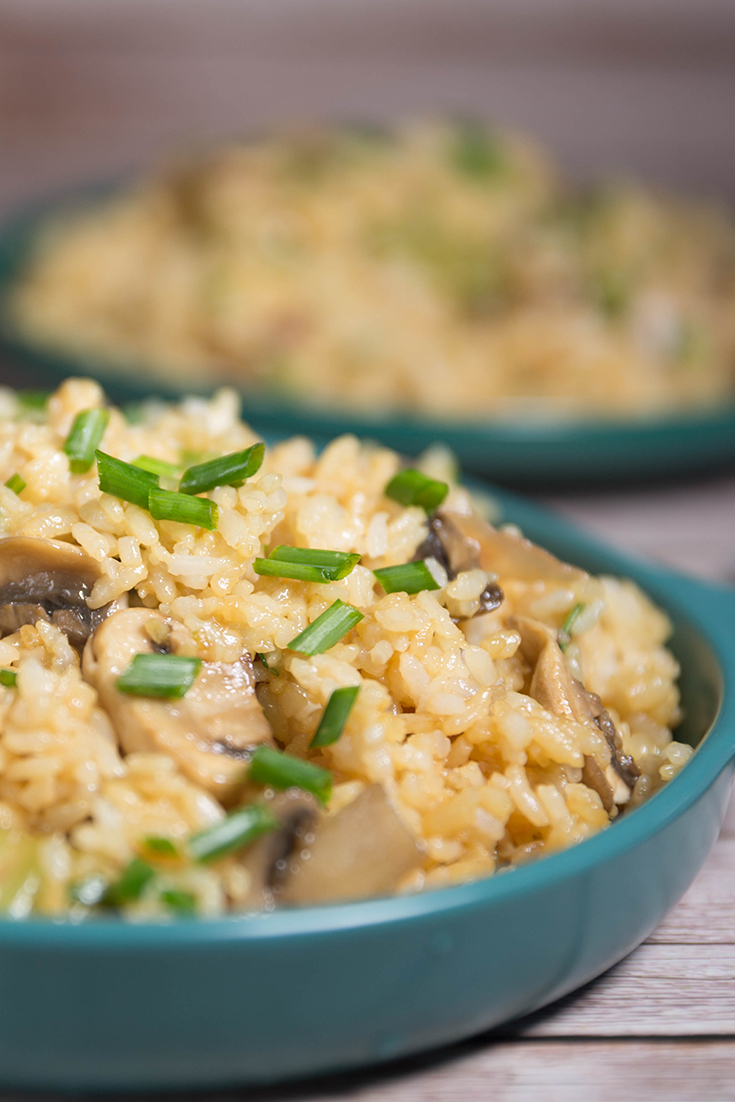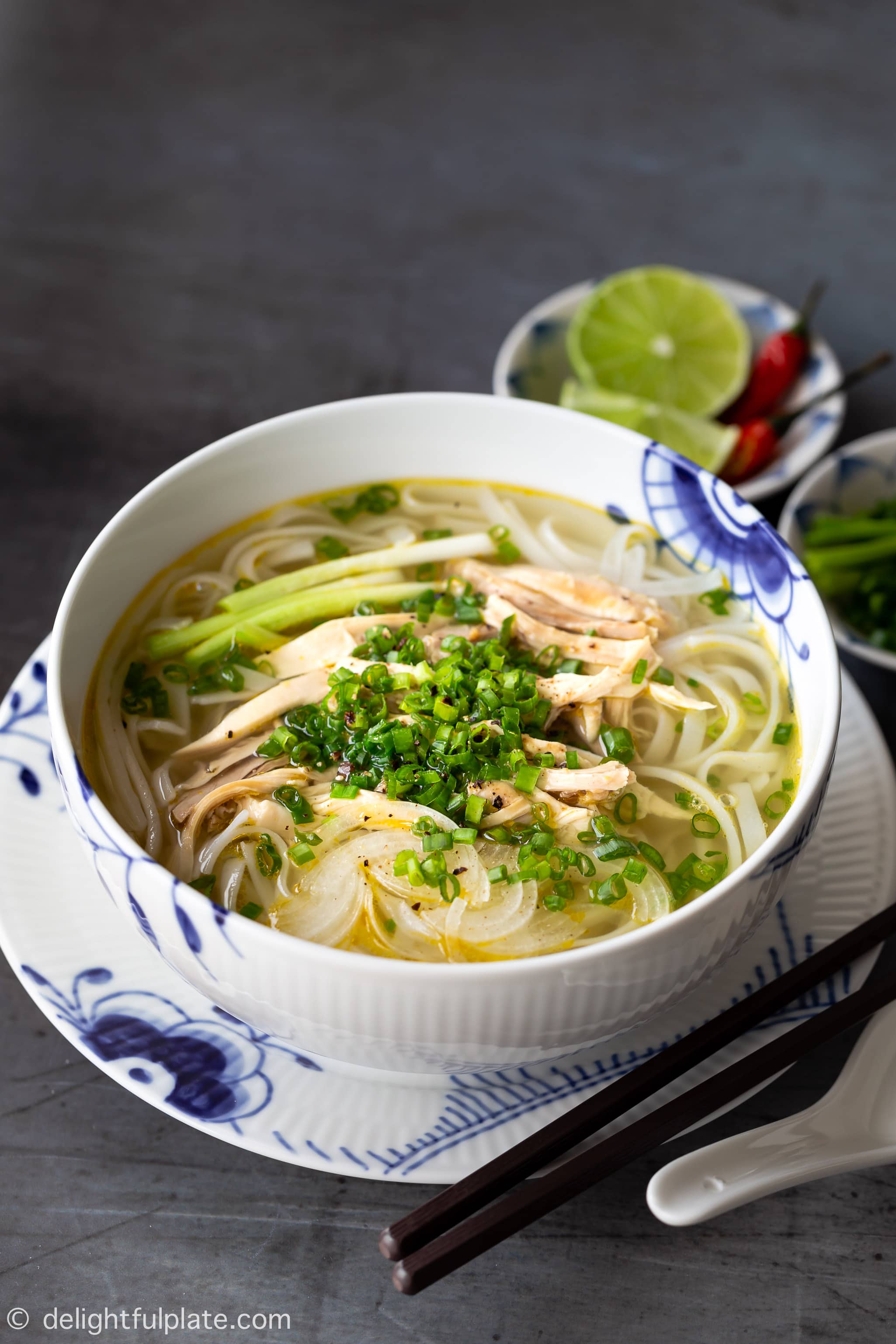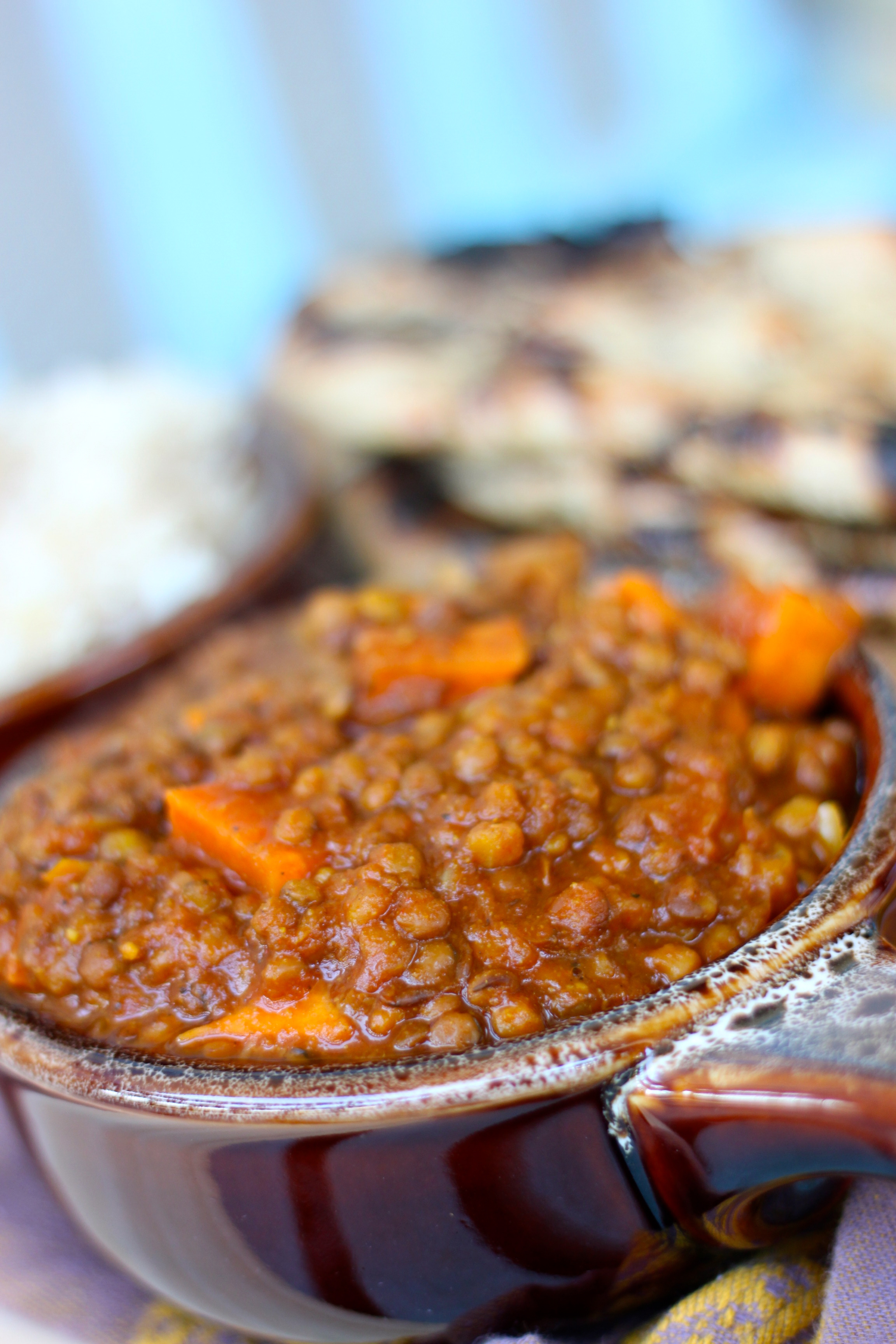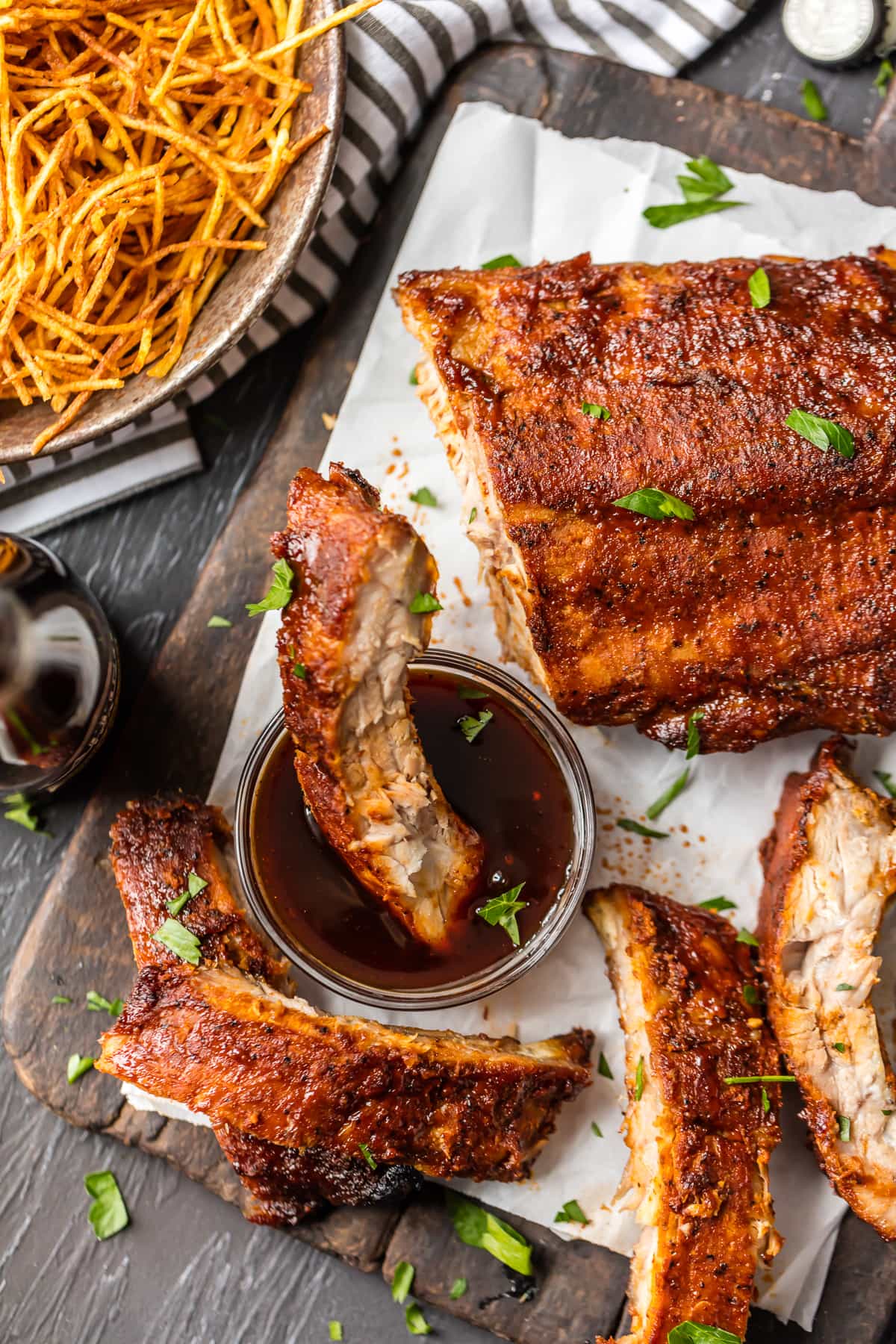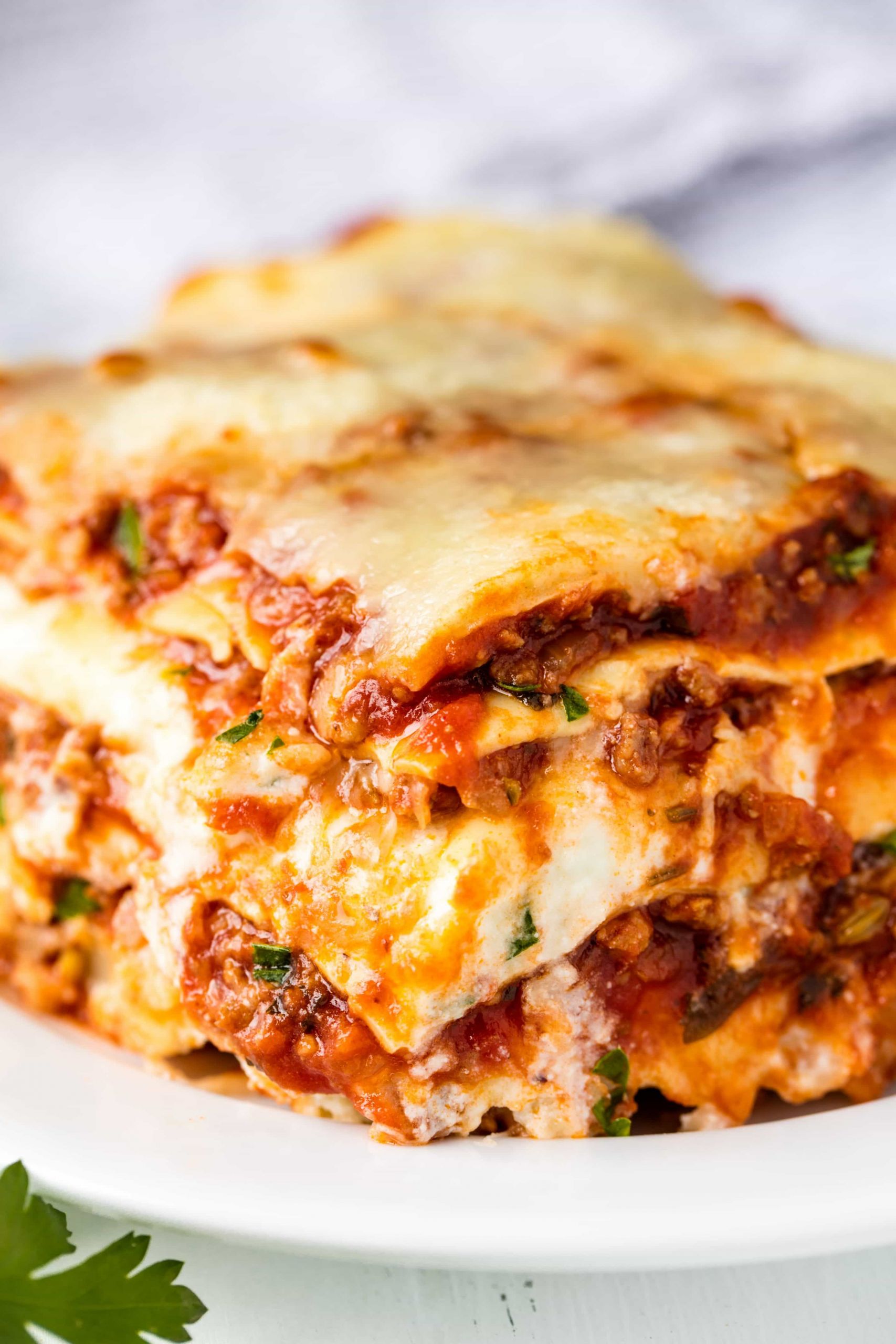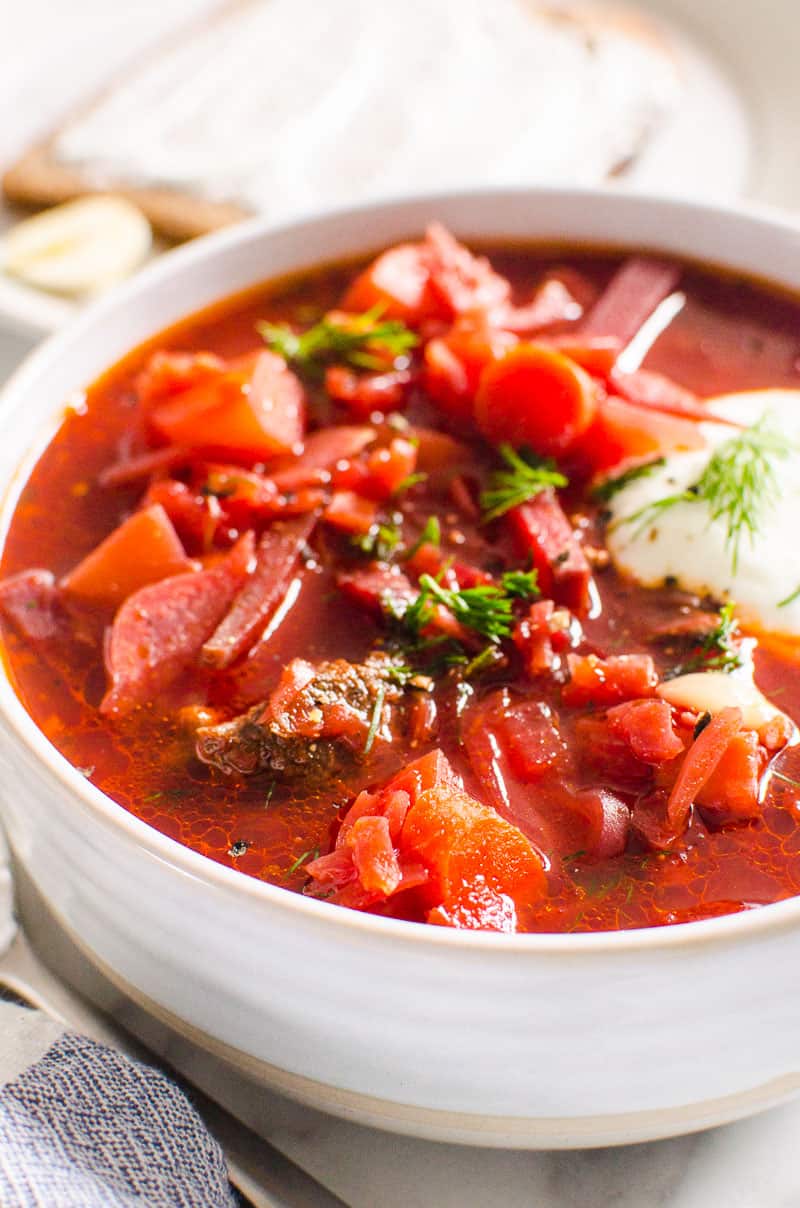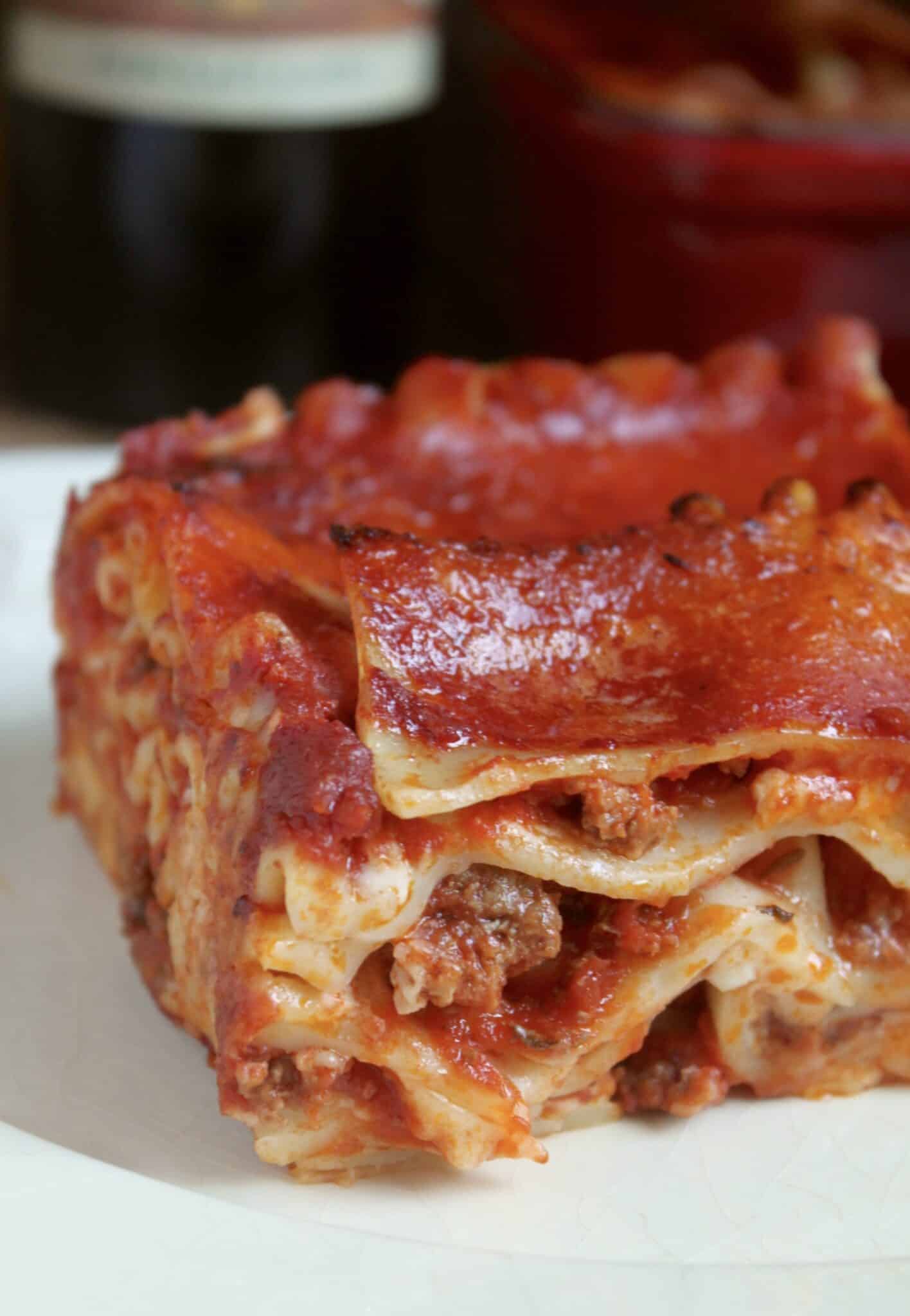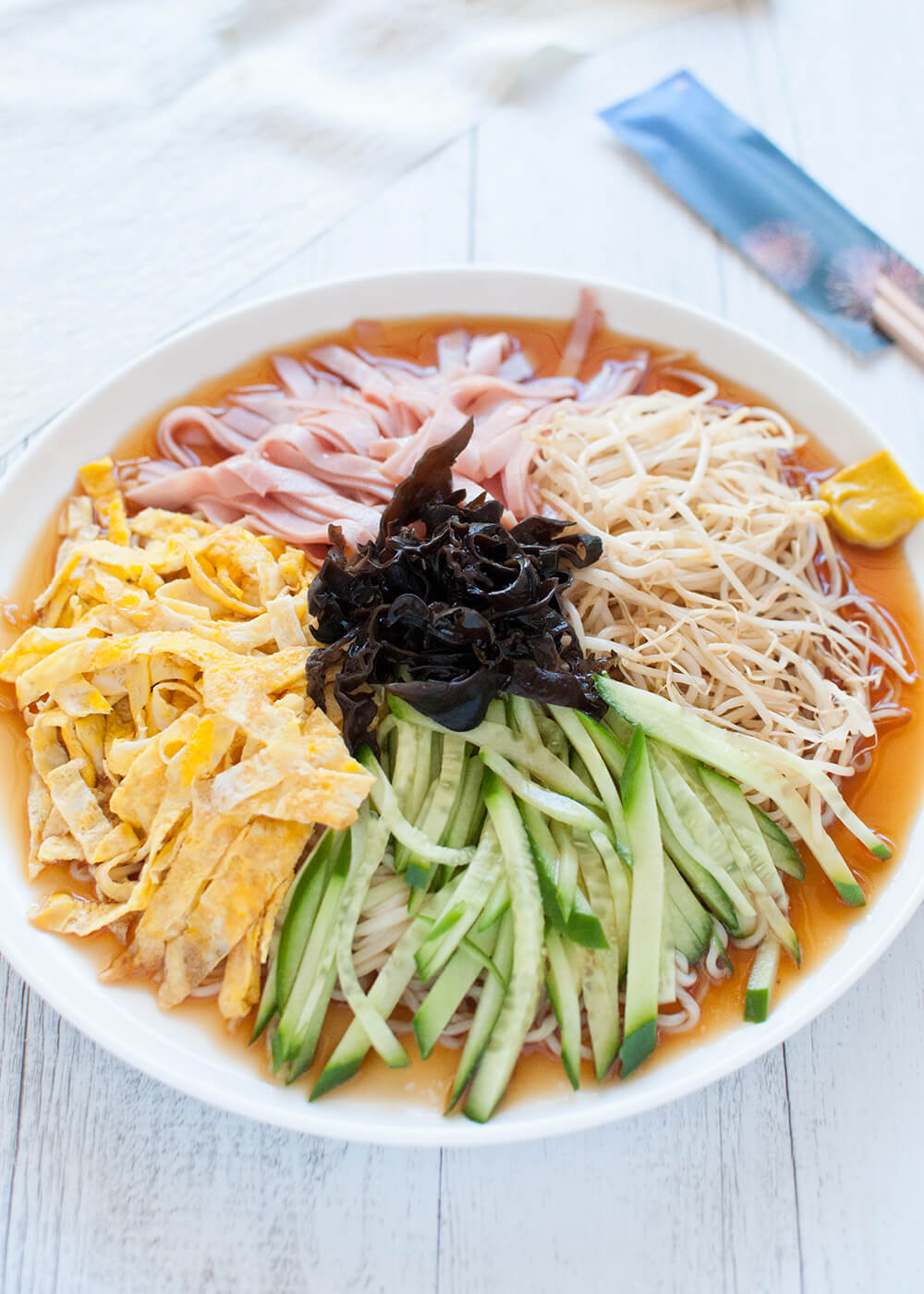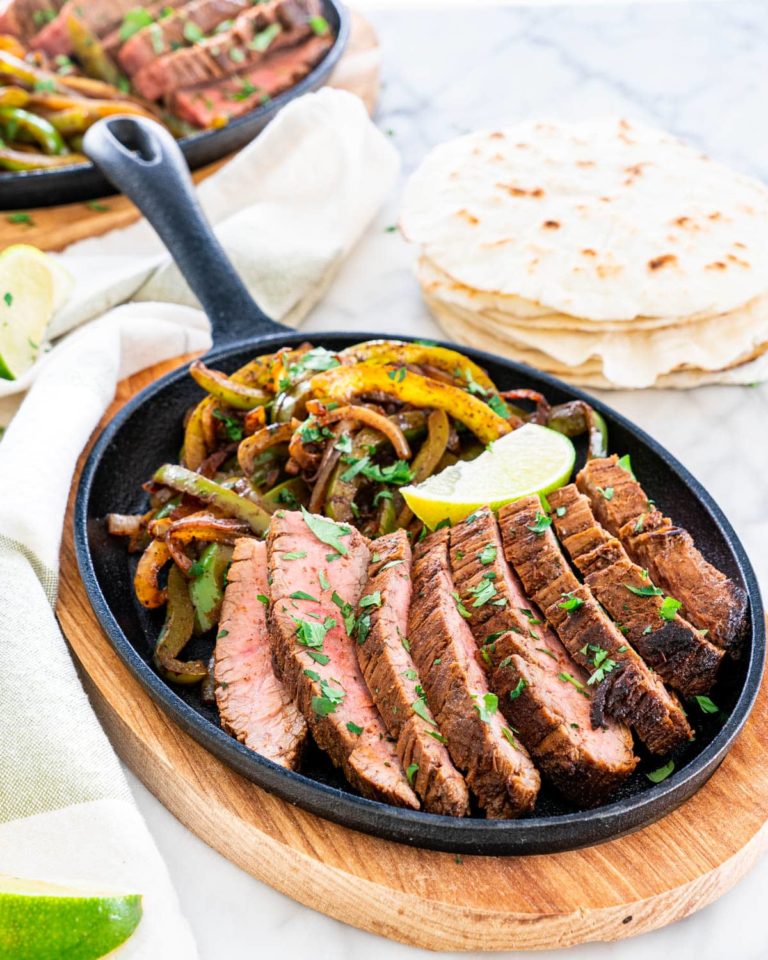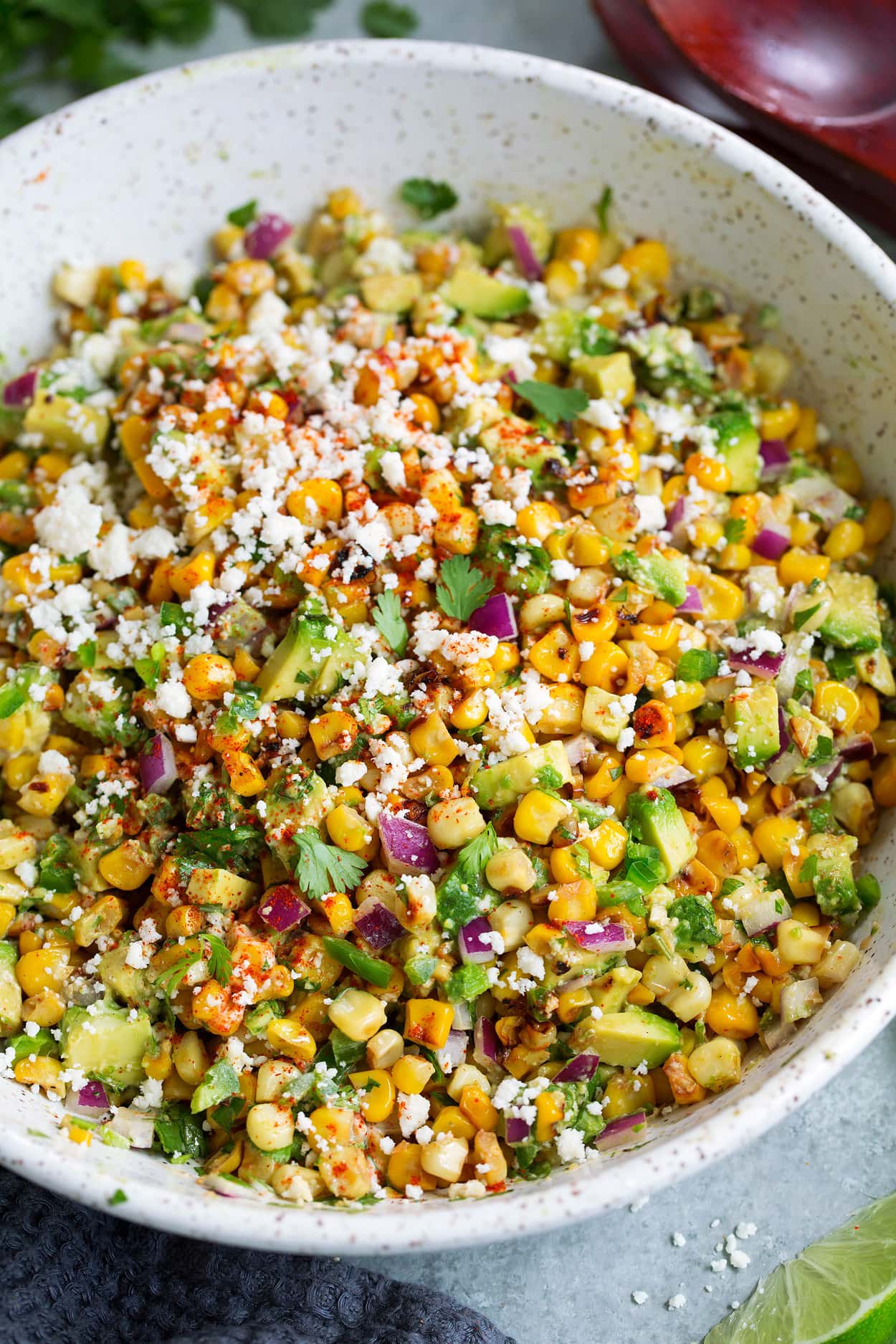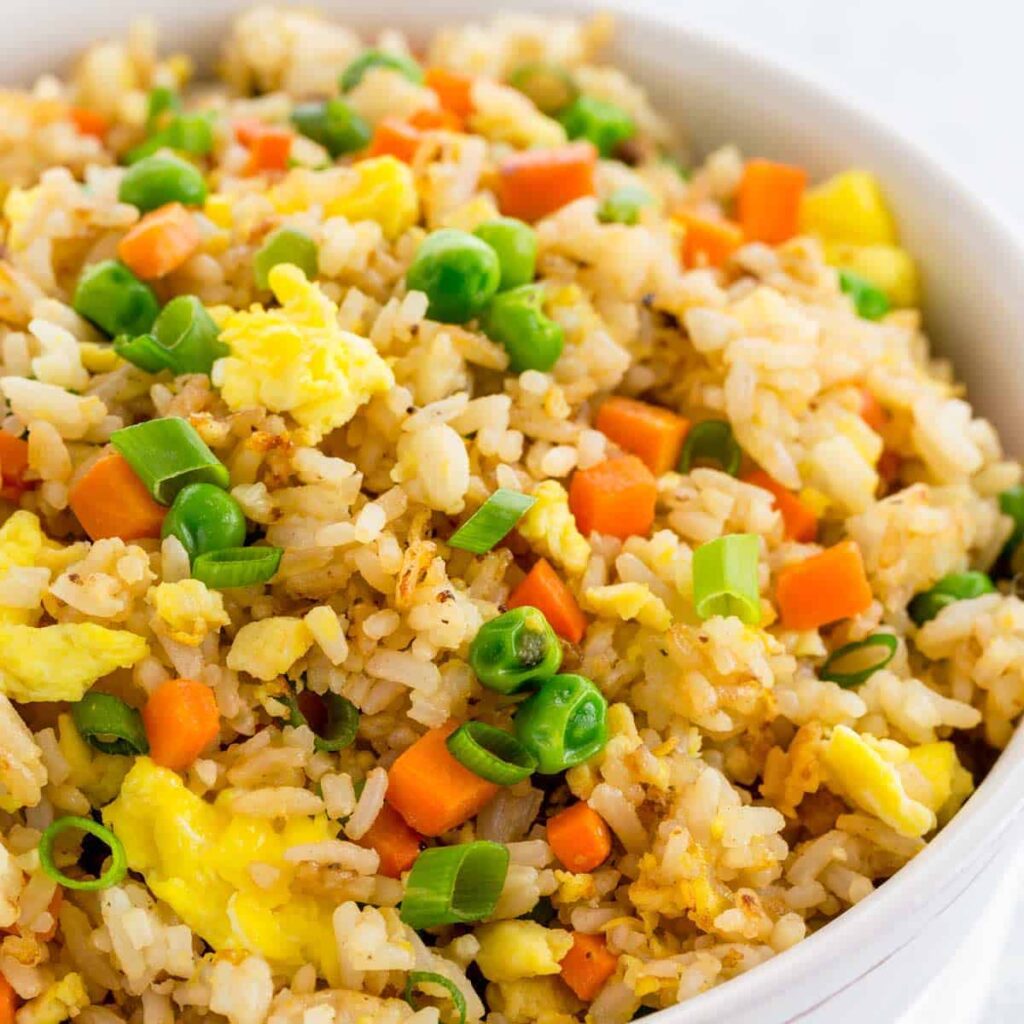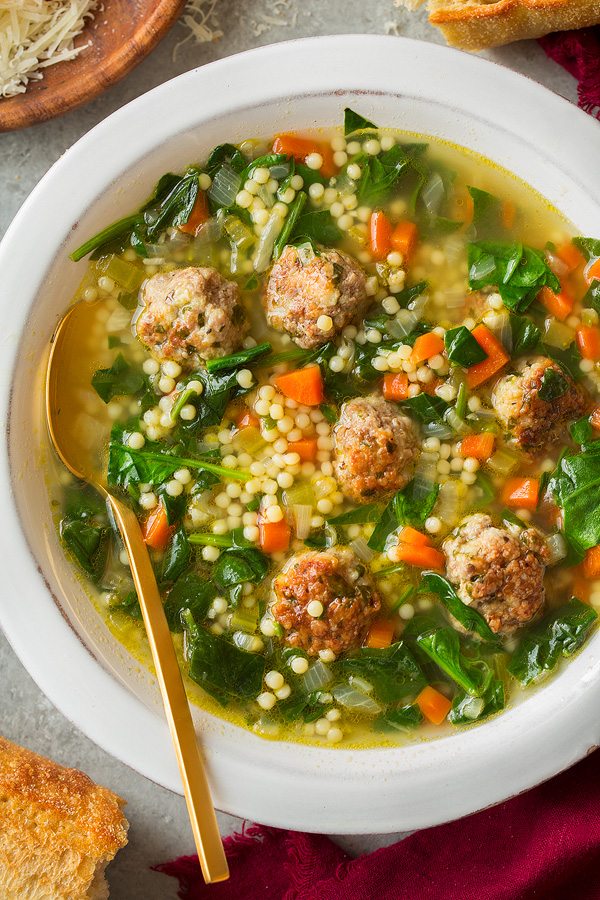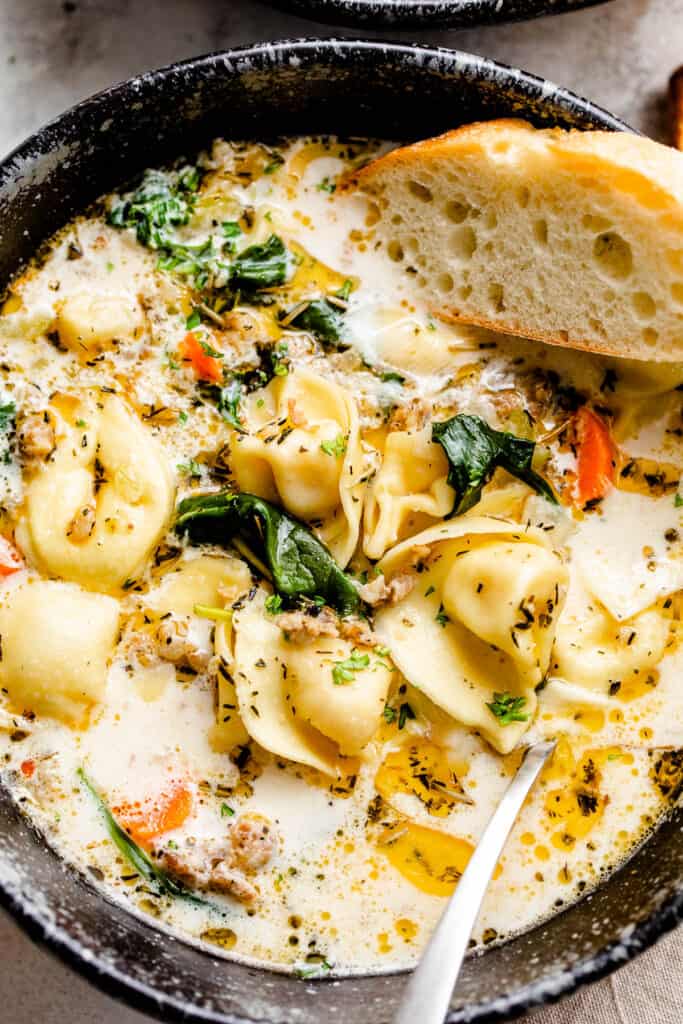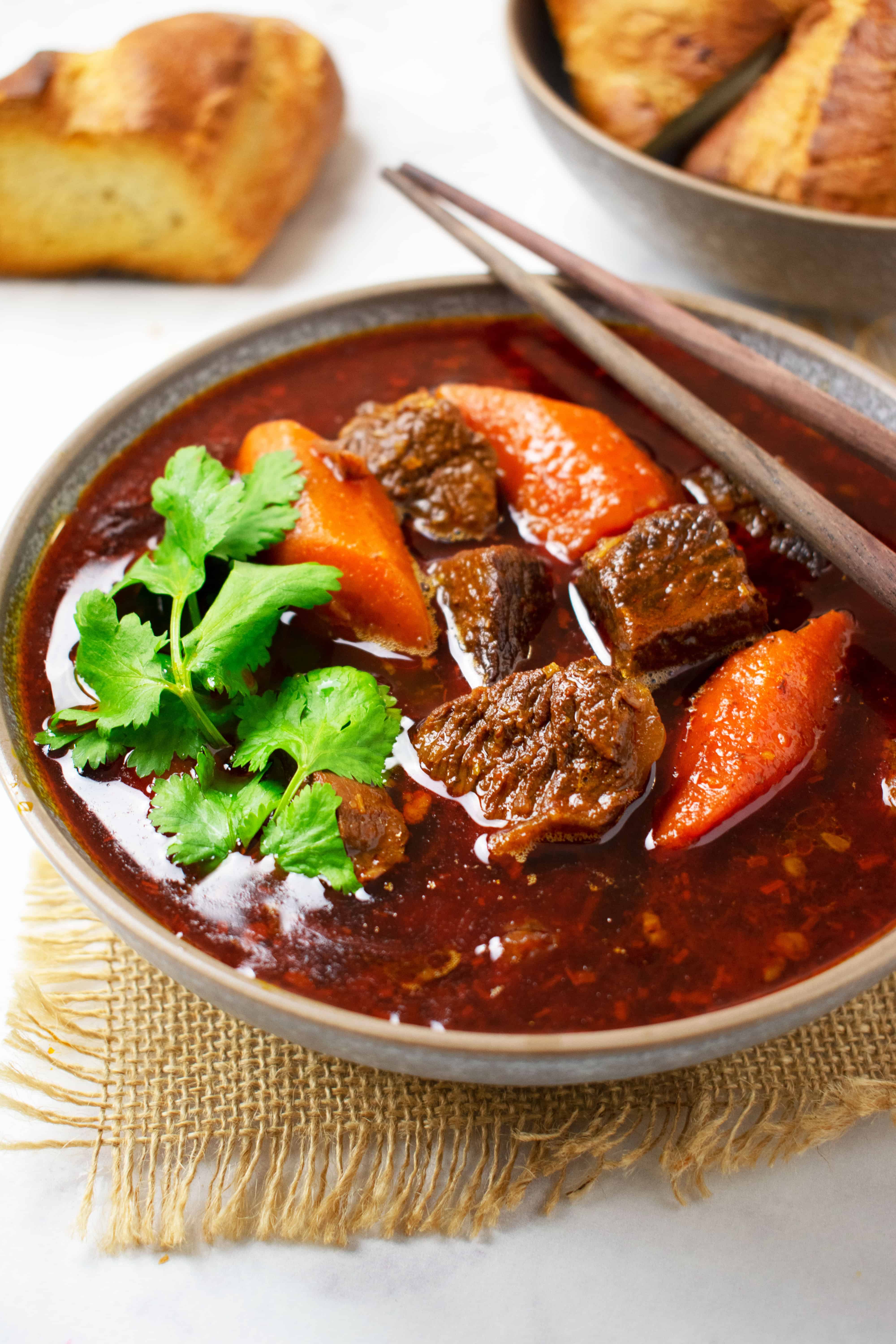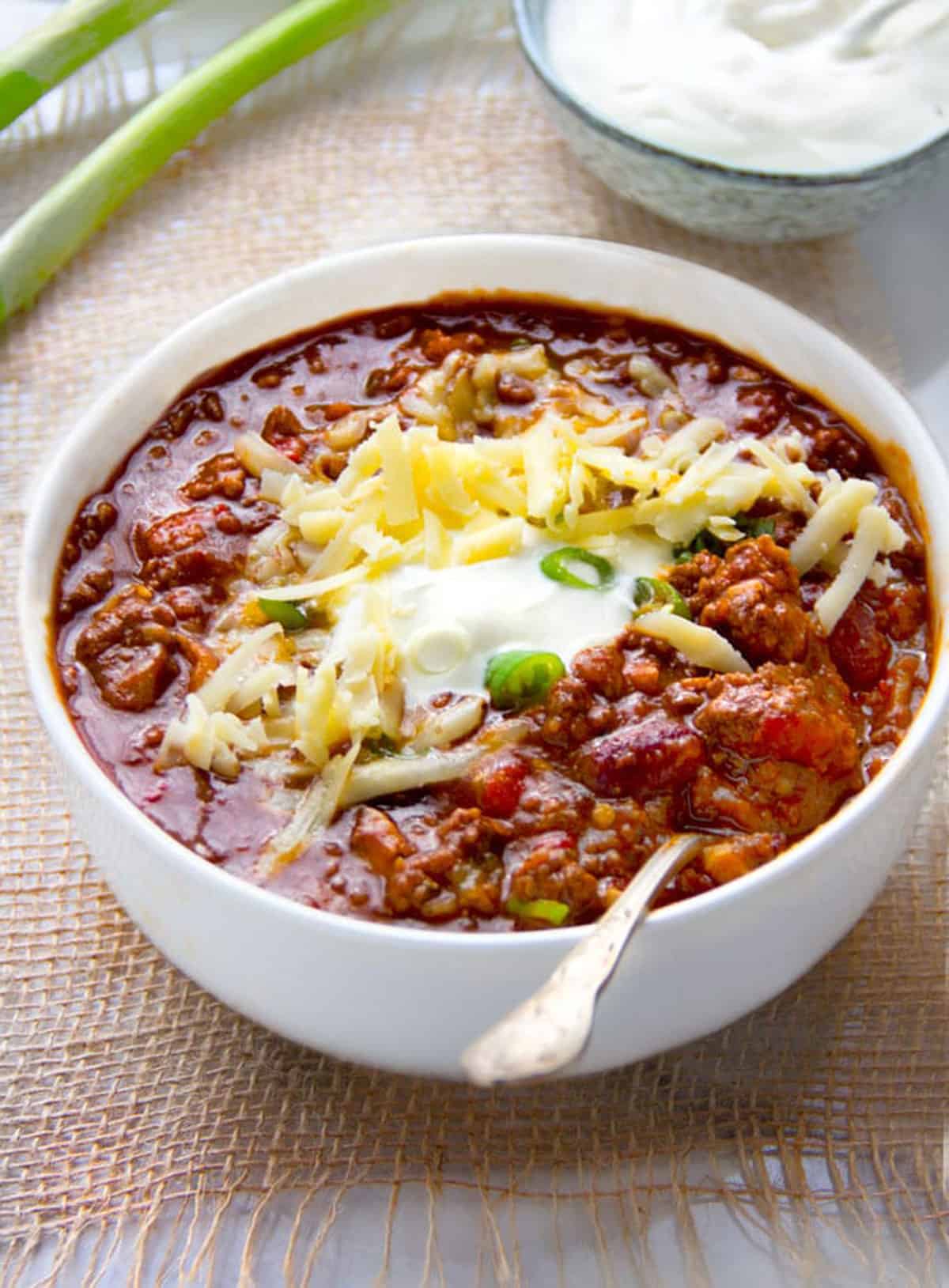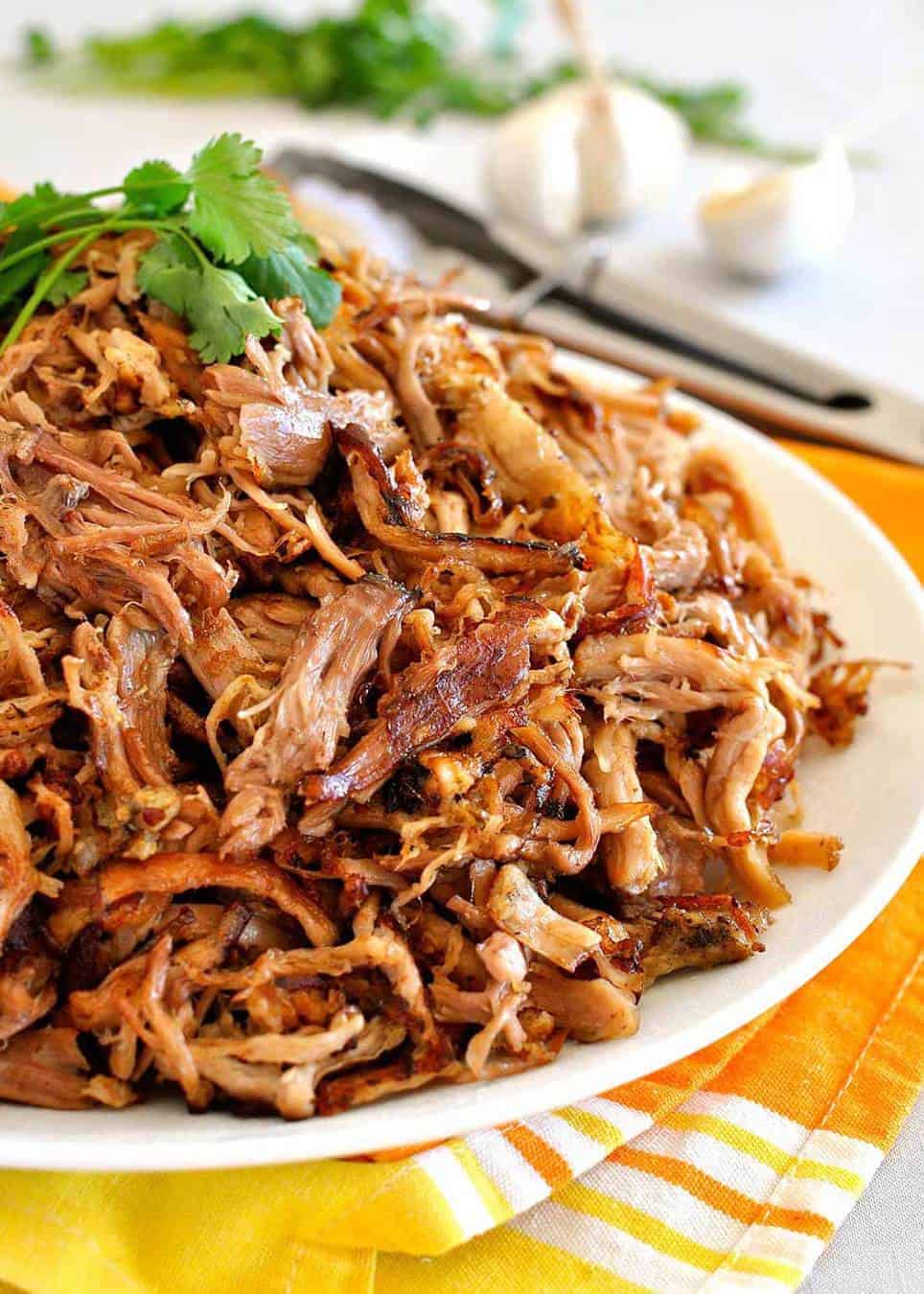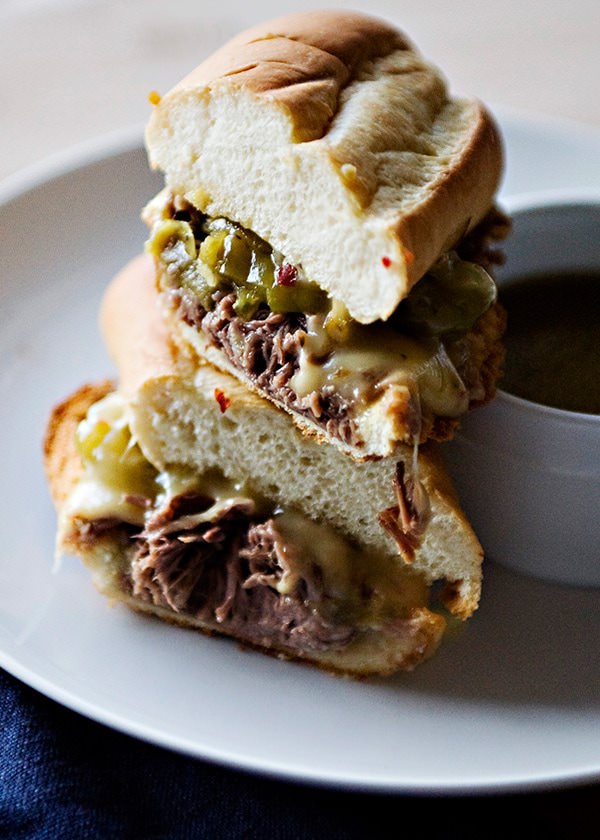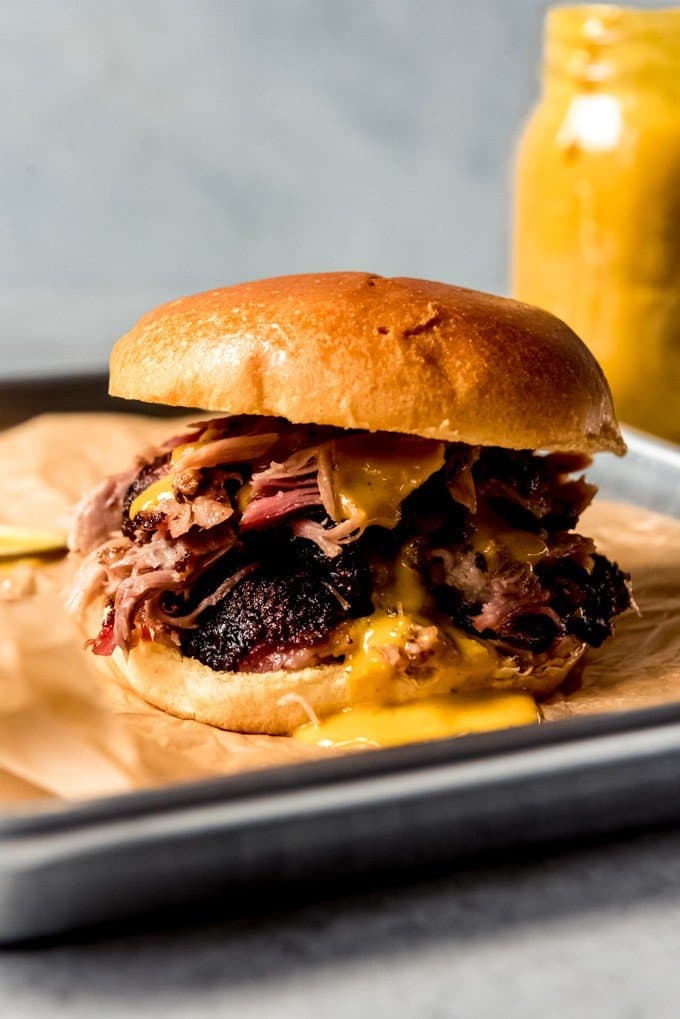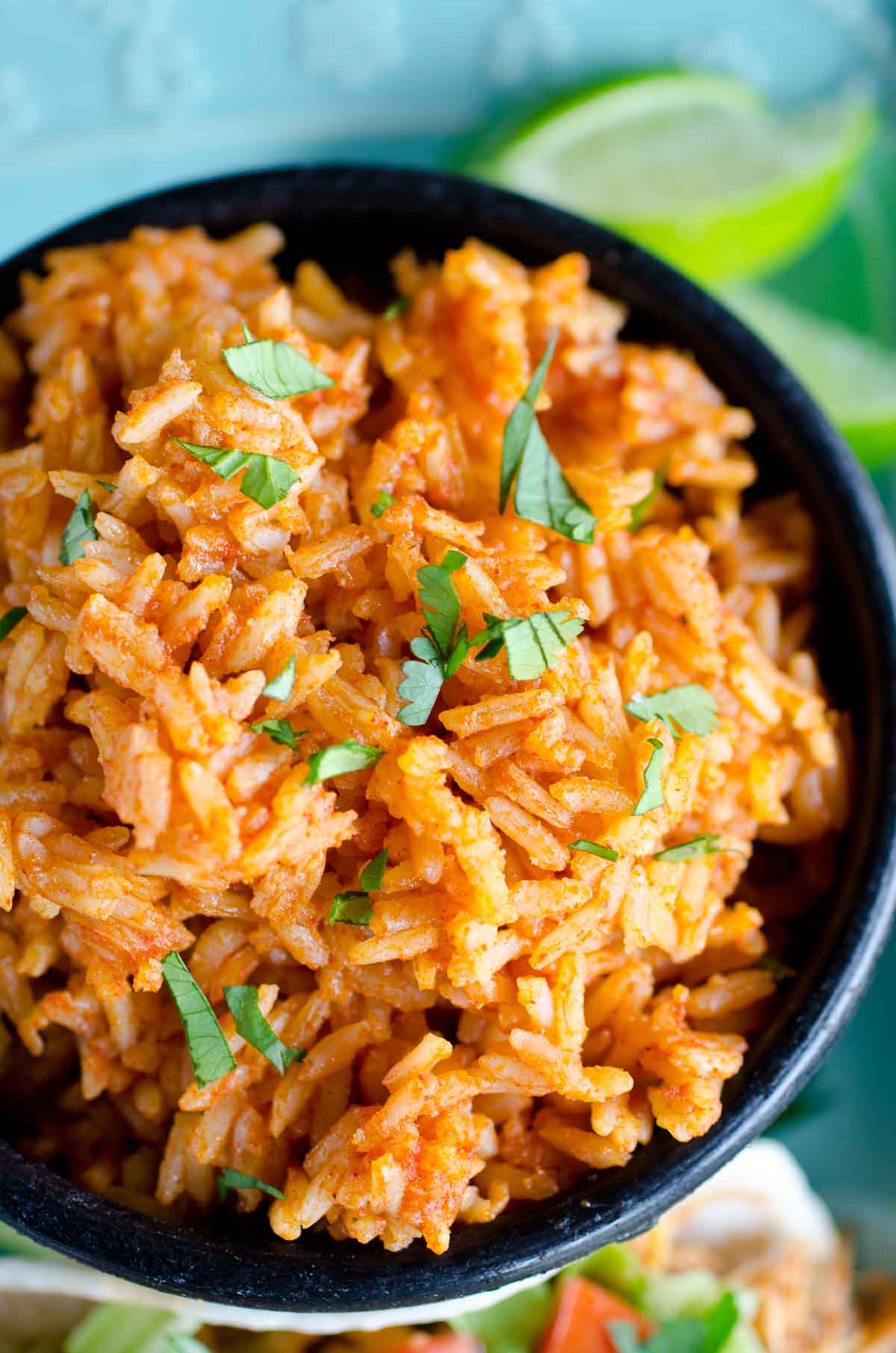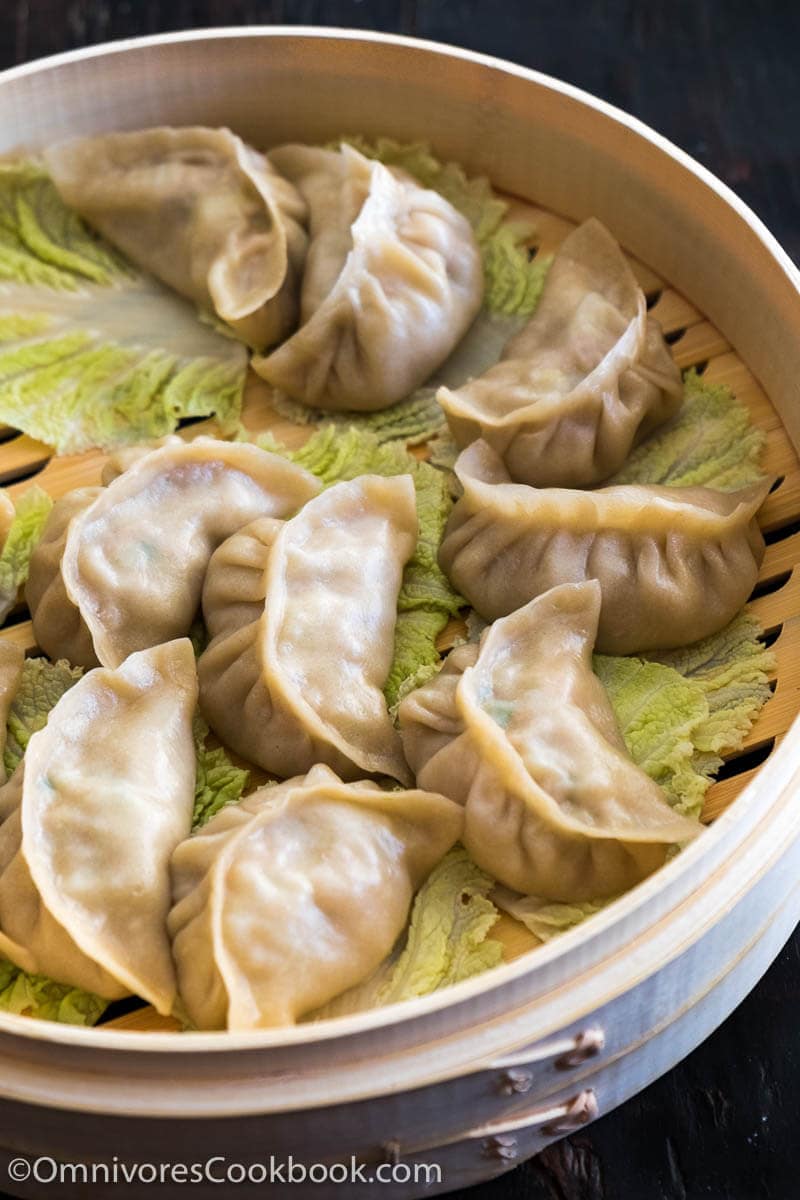Brazilian pizza, also known as "pizza brasileira," is a popular and unique twist on the classic Italian pizza. With its diverse cultural influences, Brazil has created its own distinct style of pizza that is loved by locals and visitors alike. This traditional Brazilian pizza recipe combines elements of Italian, Portuguese, and indigenous cuisine to create a flavorful and unforgettable dish. Let's dive deeper into the history and ingredients of this mouthwatering pizza.
The History of Brazilian Pizza
The Influence of Italian Immigrants
Like many countries in South America, Brazil has a long history of Italian immigration. In the late 19th and early 20th centuries, a large number of Italian immigrants settled in Brazil, bringing with them their culinary traditions, including the beloved pizza. However, as with other countries, the original Italian pizza evolved and adapted to local tastes and ingredients, resulting in the creation of Brazilian pizza.
Portuguese and Indigenous Influences
Portuguese colonization and indigenous traditions have also influenced the development of Brazilian pizza. The Portuguese introduced new ingredients such as cassava, coconut, and palm oil, which are commonly used in Brazilian cuisine. Indigenous communities also contributed to the pizza's unique flavors by incorporating local ingredients like acai berries, pineapple, and manioc flour.
Regional Variations
Brazil is a vast country with a diverse population, and each region has its own take on pizza. For example, in the southern state of Rio Grande do Sul, pizza is typically served with chimichurri sauce, a popular condiment in Argentina and Uruguay. In the northeast, pizzas are often topped with regional ingredients like sun-dried meat and tapioca flour. These regional variations add to the rich and varied pizza culture in Brazil.
The Ingredients of Brazilian Pizza
The Crust
The crust is an essential element of any pizza, and Brazilian pizza is no exception. Traditional Brazilian pizza crust is typically thin and crispy, but some regions prefer a thicker crust. Tapioca flour, a staple ingredient in Brazilian cuisine, is often used to make the crust.
The Sauce
Tomato sauce is the most common base for Brazilian pizza, but some variations use white sauce or even barbecue sauce. The sauce is usually seasoned with oregano, garlic, and other herbs and spices to enhance the flavors.
The Toppings
Brazilian pizza is known for its creative and diverse toppings. Popular toppings include catupiry cheese, a creamy and tangy cheese often used in Brazilian cuisine, and calabresa sausage. Other toppings may include chicken, beef, ham, vegetables, and various types of cheese.
In conclusion, Brazilian pizza is a delicious fusion of Italian, Portuguese, and indigenous influences. Its unique history and diverse ingredients make it a must-try for anyone looking to explore the flavors of Brazil. So next time you're craving pizza, why not give the traditional Brazilian pizza recipe a try? Your taste buds will thank you.
//HTML Code:
The History of Brazilian Pizza
The Influence of Italian Immigrants
Like many countries in South America, Brazil has a long history of Italian immigration. In the late 19th and early 20th centuries, a large number of Italian immigrants settled in Brazil, bringing with them their culinary traditions, including the beloved pizza. However, as with other countries, the original Italian pizza evolved and adapted to local tastes and ingredients, resulting in the creation of Brazilian pizza.
Portuguese and Indigenous Influences
Portuguese colonization and indigenous traditions have also influenced the development of Brazilian pizza. The Portuguese introduced new ingredients such as cassava, coconut, and palm oil, which are commonly used in Brazilian cuisine. Indigenous communities also contributed to the pizza's unique flavors by incorporating local ingredients like acai berries, pineapple, and manioc flour.
Regional Variations
Brazil is a vast country with a diverse population, and each region has its own take on pizza. For example, in the southern state of Rio Grande do Sul, pizza is typically served with chimichurri sauce, a popular condiment in Argentina and Uruguay. In the northeast, pizzas are often topped with regional ingredients like sun-dried meat and tapioca flour. These regional variations add to the rich and varied pizza culture in Brazil.
The Ingredients of Brazilian Pizza
The Crust
The crust is an essential element of any pizza, and Brazilian pizza is no exception. Traditional Brazilian pizza crust is typically thin and crispy, but some regions prefer a thicker crust. Tapioca flour, a staple ingredient in Brazilian cuisine, is often used to make the crust.
The Sauce
Tomato sauce is the most common base for Brazilian pizza, but some variations use white sauce or even barbecue sauce. The sauce is usually seasoned with oregano, garlic, and other herbs and spices to enhance the flavors.
The Toppings
Brazilian pizza is known for its creative and diverse toppings. Popular toppings include catupiry cheese, a creamy and tangy cheese often used in Brazilian cuisine, and calabresa sausage. Other toppings may include chicken, beef, ham, vegetables, and various types of cheese.
In conclusion, Brazilian pizza is a delicious fusion of Italian, Portuguese, and indigenous influences. Its unique history and diverse ingredients make it a must-try for anyone looking to explore the flavors of Brazil. So next time you're craving pizza, why not give the traditional Brazilian pizza recipe a try? Your taste buds will thank you.



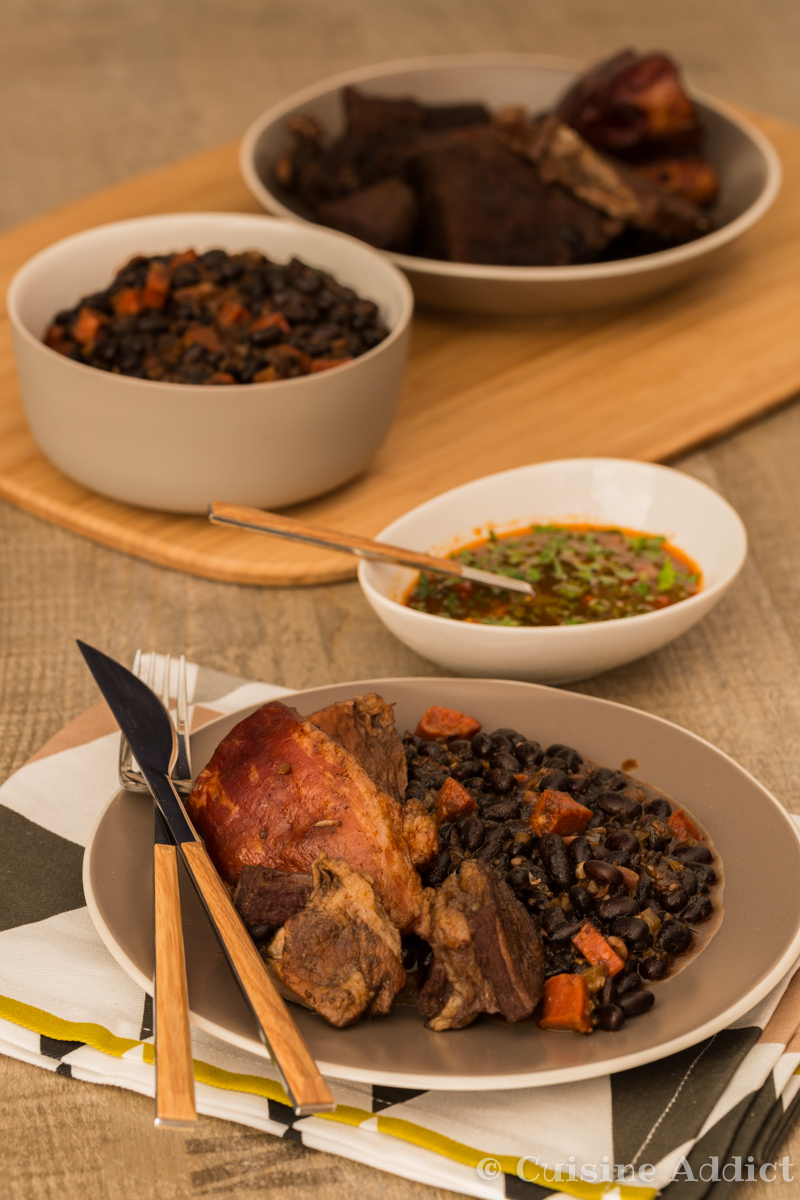


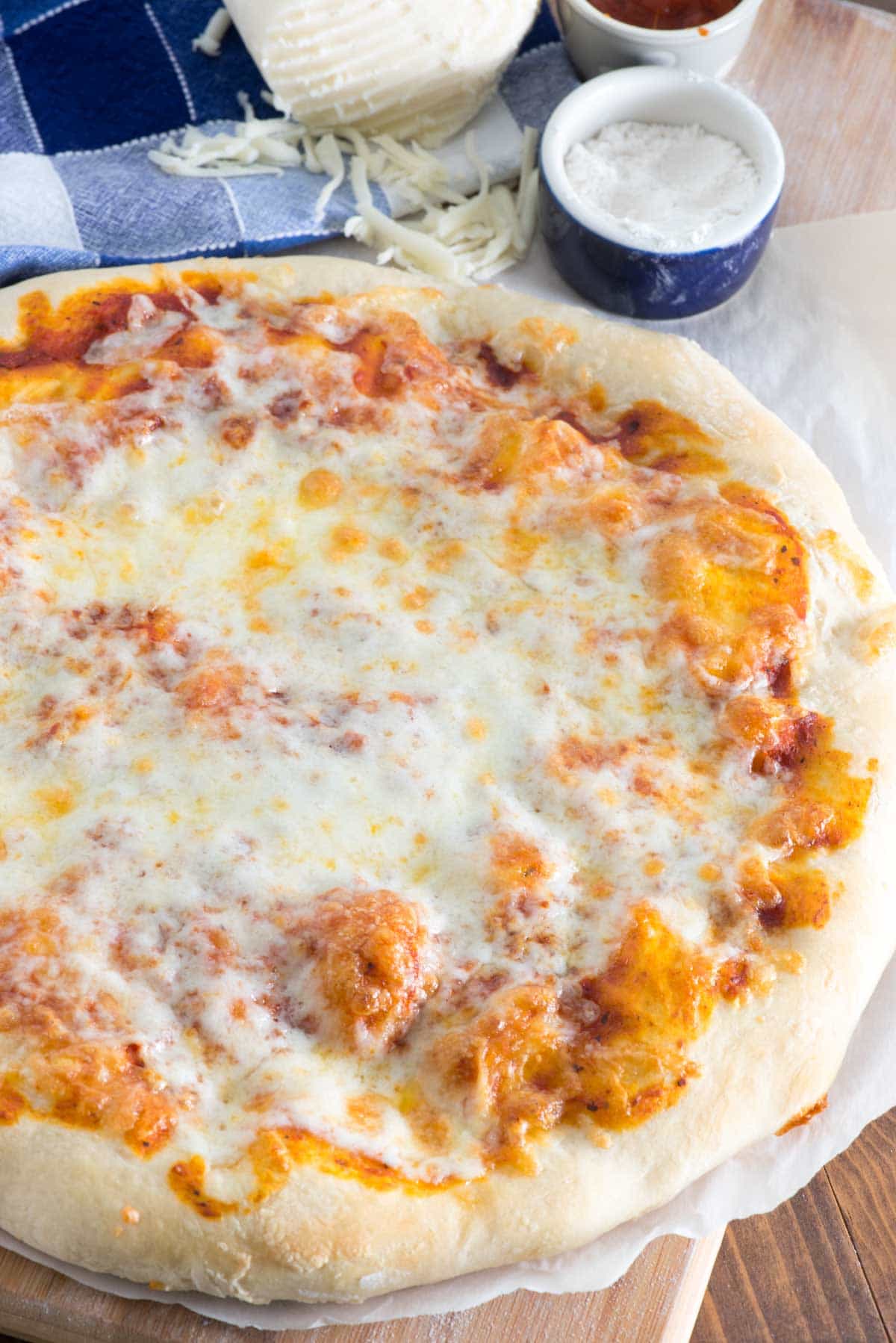






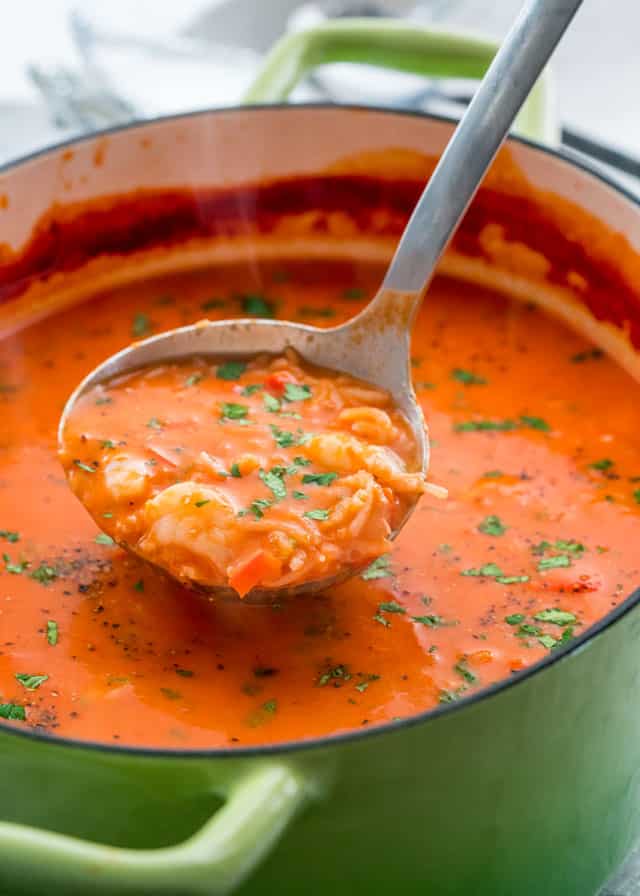








A.jpg)

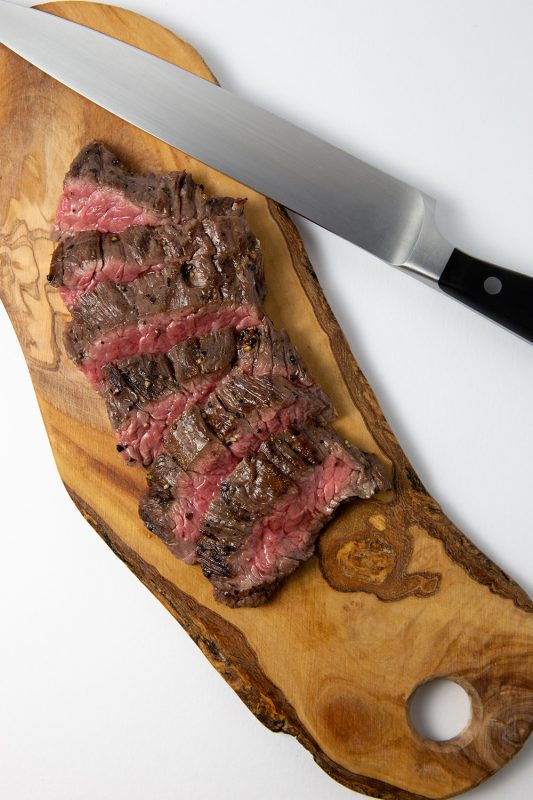

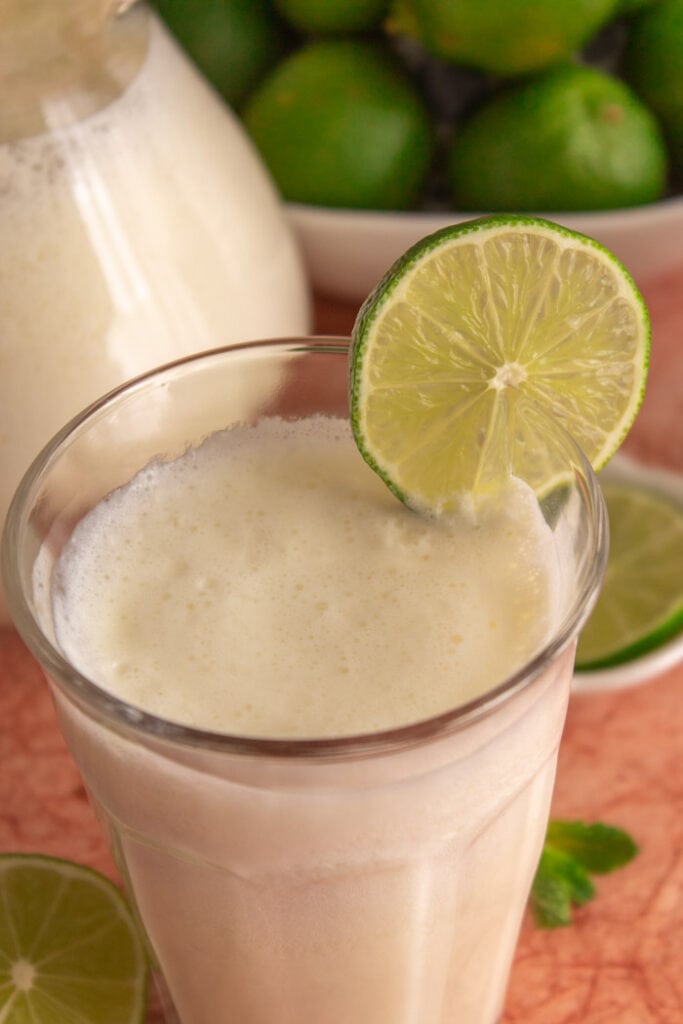
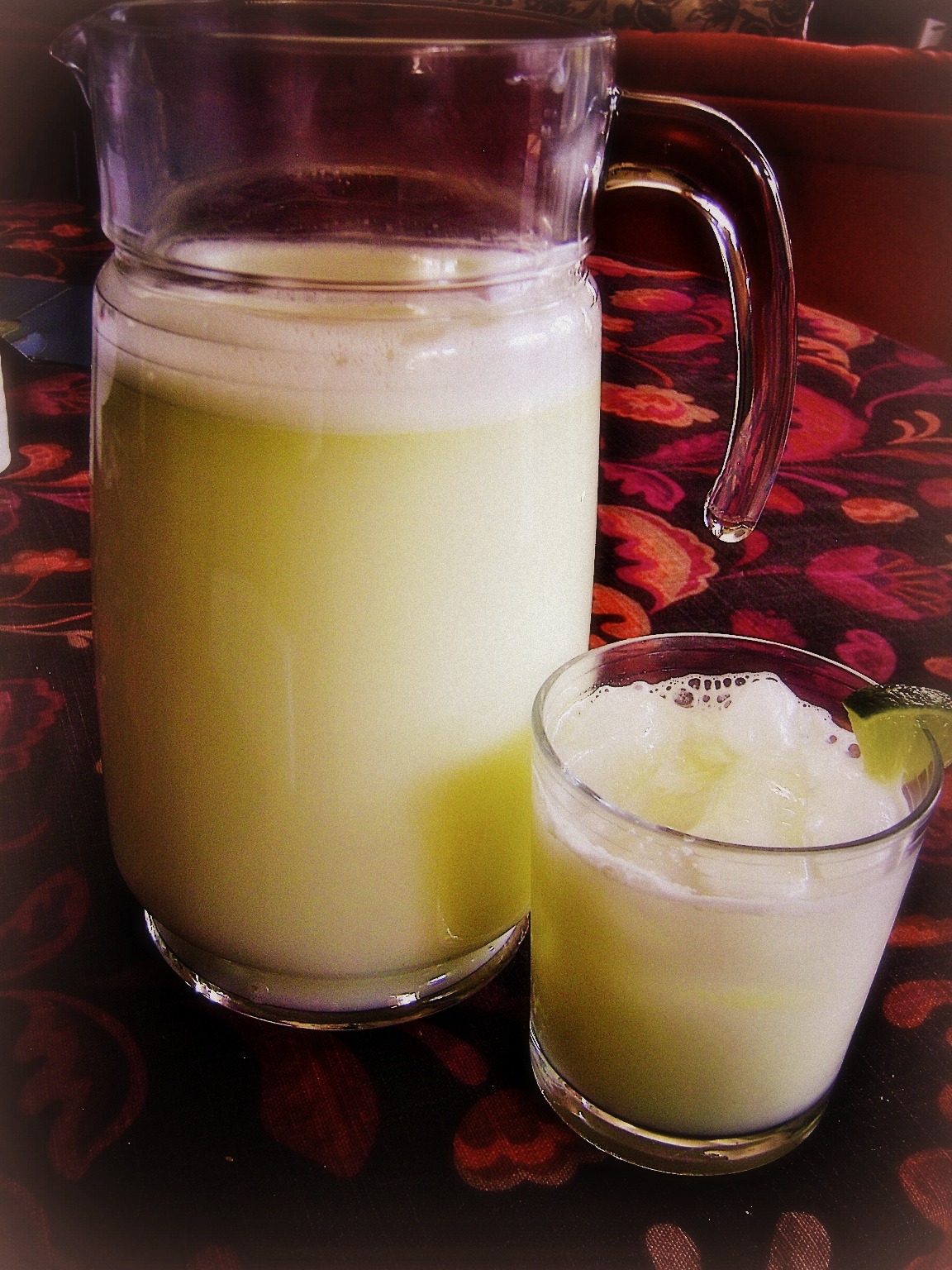
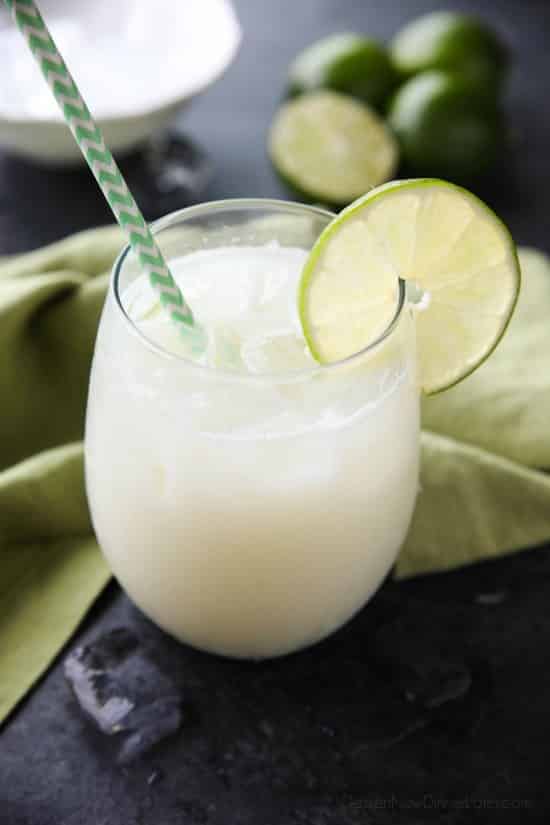
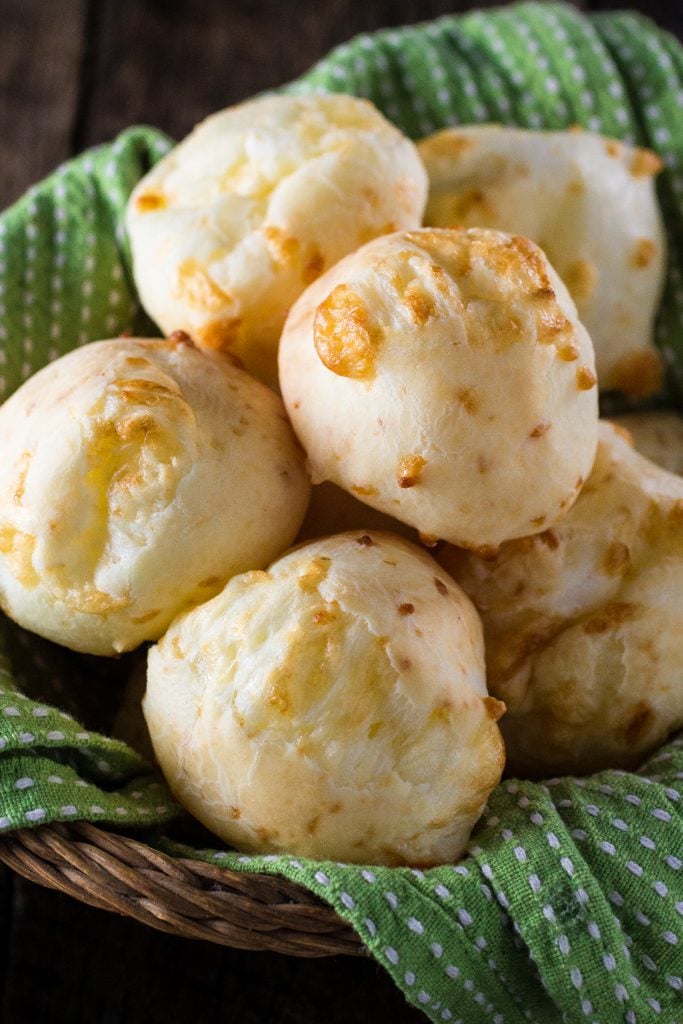
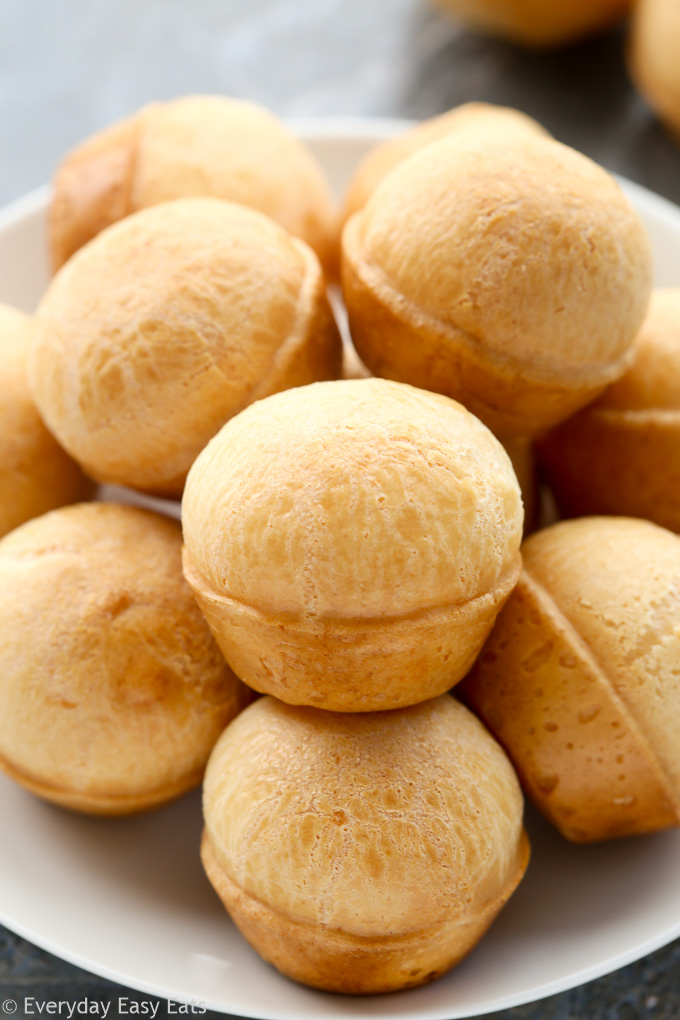






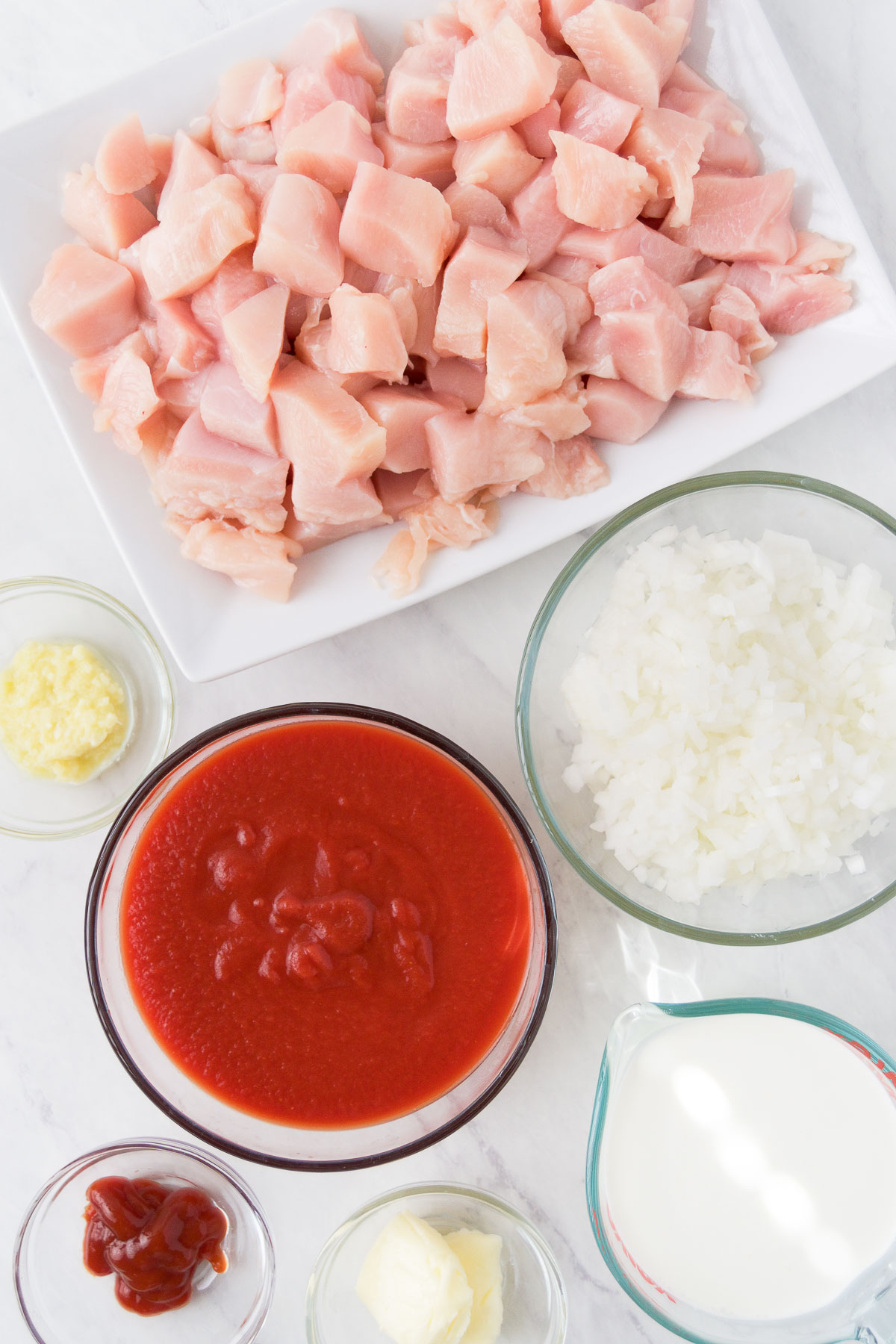









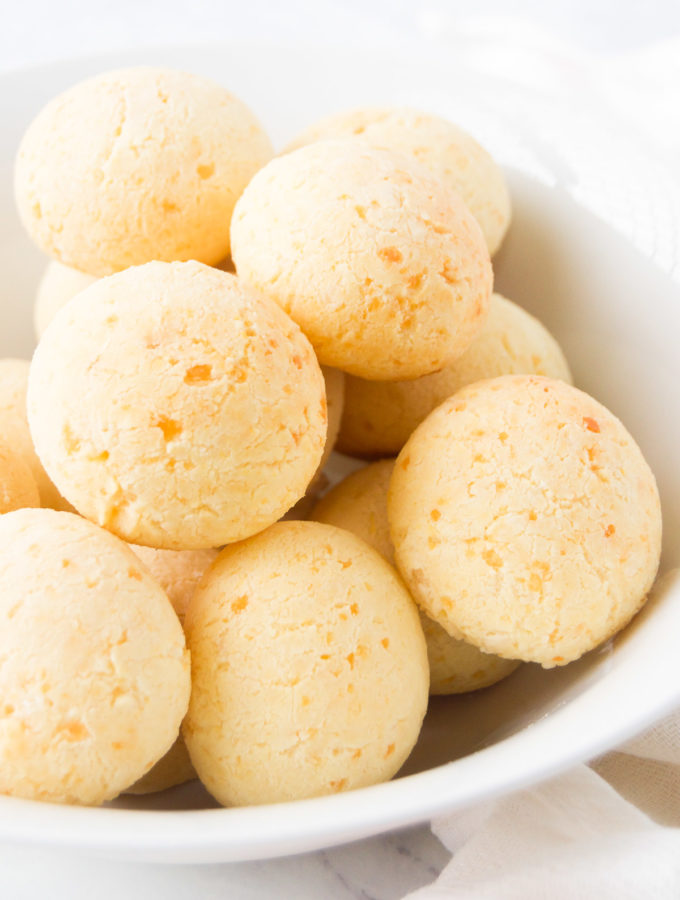



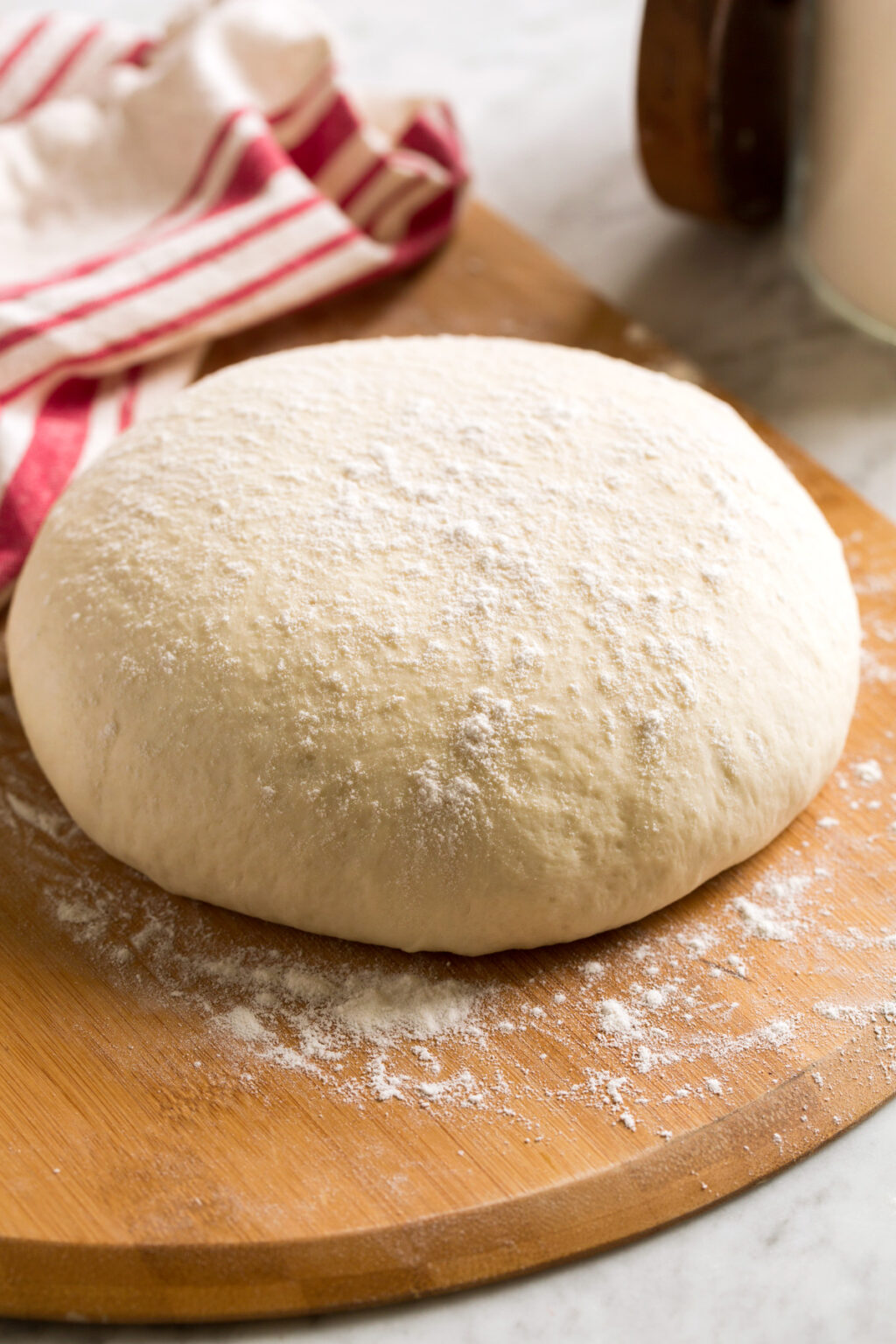

![[Homemade] Mexican pizza with homemade pizza dough. I topped it off ...](https://i.redd.it/8j4uh2d0qe211.jpg)


